Case 21 The Forklift 1
Introduction
A forklift truck is a mechanical device used to carry and lift objects. In this lesson, we will learn about the ease of deformation of parallelograms and the parallelism of opposite sides after deformation, and build a simple forklift truck mechanism using Nezha Inventor's Kit V2. We will explore the properties of parallelograms and how they can be used to design and build a mechanical structure that enables the movement of a forklift truck.
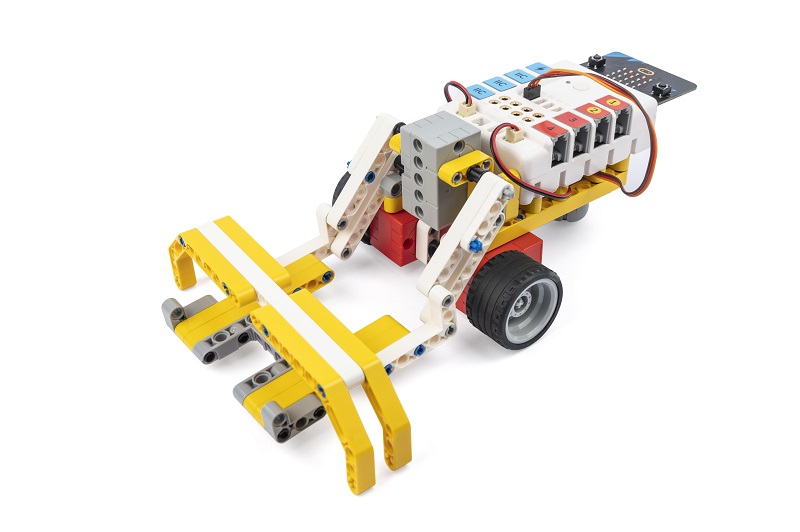
Teaching Objectives
- Learn the basic principles and applications of how parallelograms are easily deformed and how opposite sides are parallel after deformation.
- Learn how to create a simple forklift truck device using Nezha Inventor's Kit V2.
- Design and build suitable mechanical structures and parallelograms to achieve the up and down movement of a forklift truck and to lift objects.
- Develop teamwork, problem solving and creative thinking skills.
Teaching Preparations
Teaching Process
Introduce
Introduce students to the background and objectives of forklift making to stimulate their interest and curiosity.
Is everyone interested in forklifts? A forklift truck is a mechanical device that can carry and lift objects. In this lesson, we will learn together how to use the Nezha Inventor's Kit V2.
To create an interesting forklift truck device and explore some of the scientific principles involved.
Firstly, let's learn about the concept of parallelograms being easily deformable. A parallelogram is a quadrilateral with two pairs of parallel sides. When we change the length of one of the parallel sides, the other two sides change accordingly, but remain parallel. This property makes parallelograms easy to deform.
It is also an interesting property that the opposite sides remain parallel after deformation. When we change the shape of a parallelogram, the two pairs of opposite sides remain parallel. This property has a wide range of applications in the design of mechanical structures.
Next, we will use these principles to create a forklift truck device with the Nezha Inventor's Kit V2. This forklift truck device can be used to move up and down and lift objects through deformation and leverage. Let's explore and build it together!
Exploration
Discuss in groups and get students thinking about how to make a forklift truck from block materials.
- What is a easily deformed parallelogram? Why are parallelograms easily deformed?
- Do the opposite sides of a parallelogram remain parallel after it has been deformed?
- How do the parallelograms in the forklift truck set-up enable the forklift truck to move up and down and lift objects?
- Can we change the lifting height and angle of the forklift truck by adjusting the structure of the forklift truck unit?
- Do you have any other innovative ideas that could further improve the design and function of the forklift unit?
Practice
Work in groups to create a forklift truck from building blocks according to your own design.
Build a forklift truck from building blocks according to your own design.
Examples
Assembly Steps
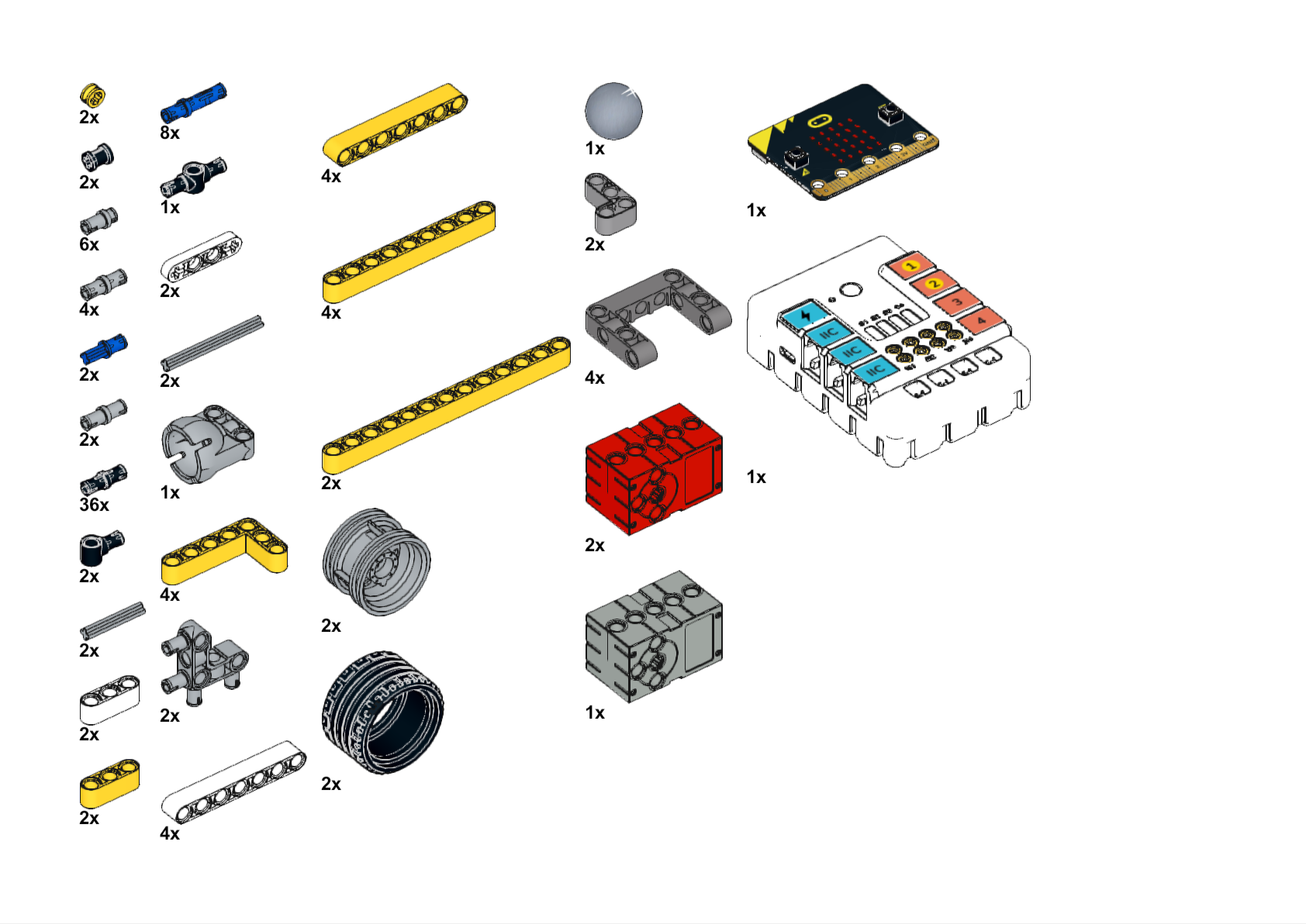
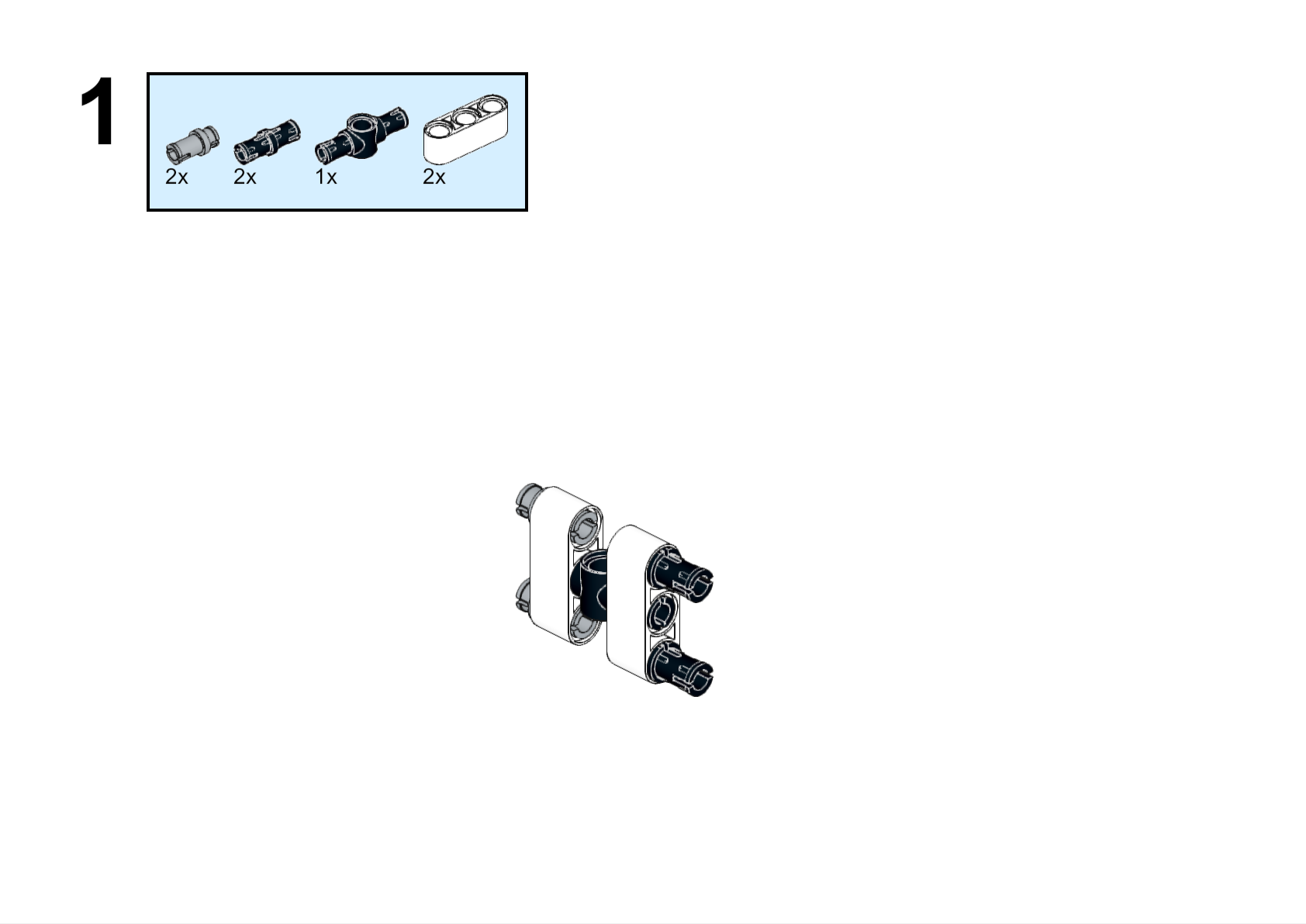
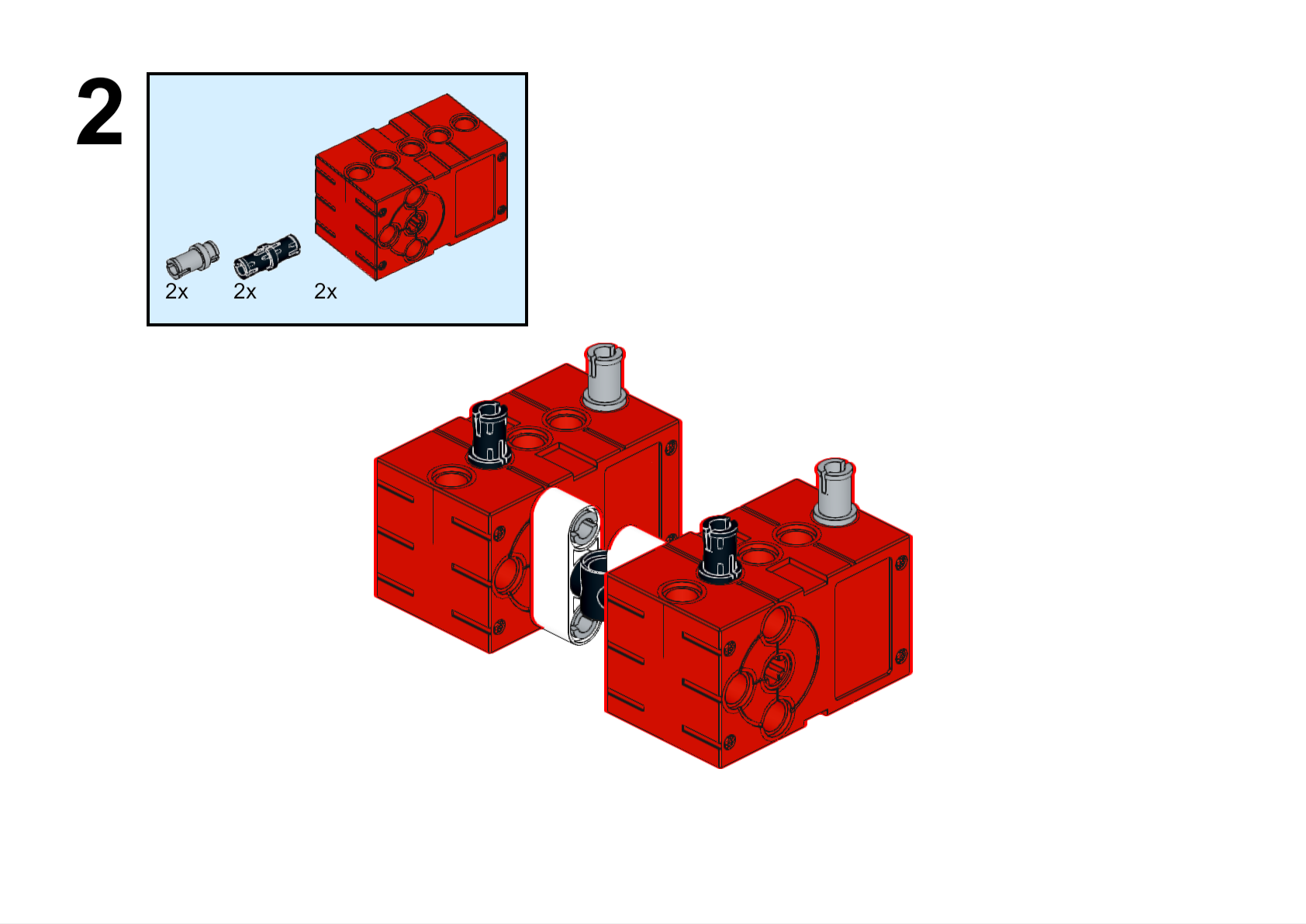
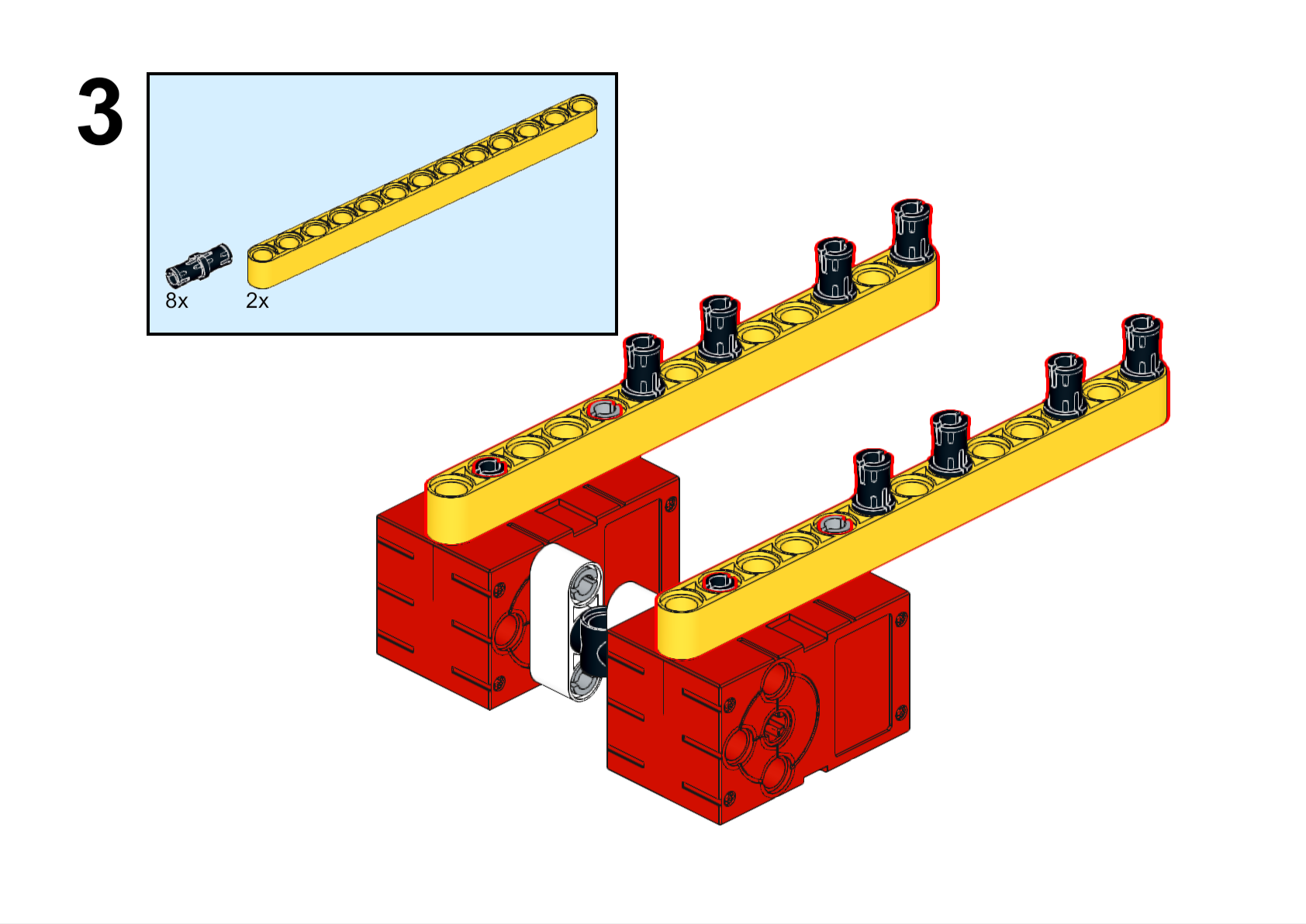
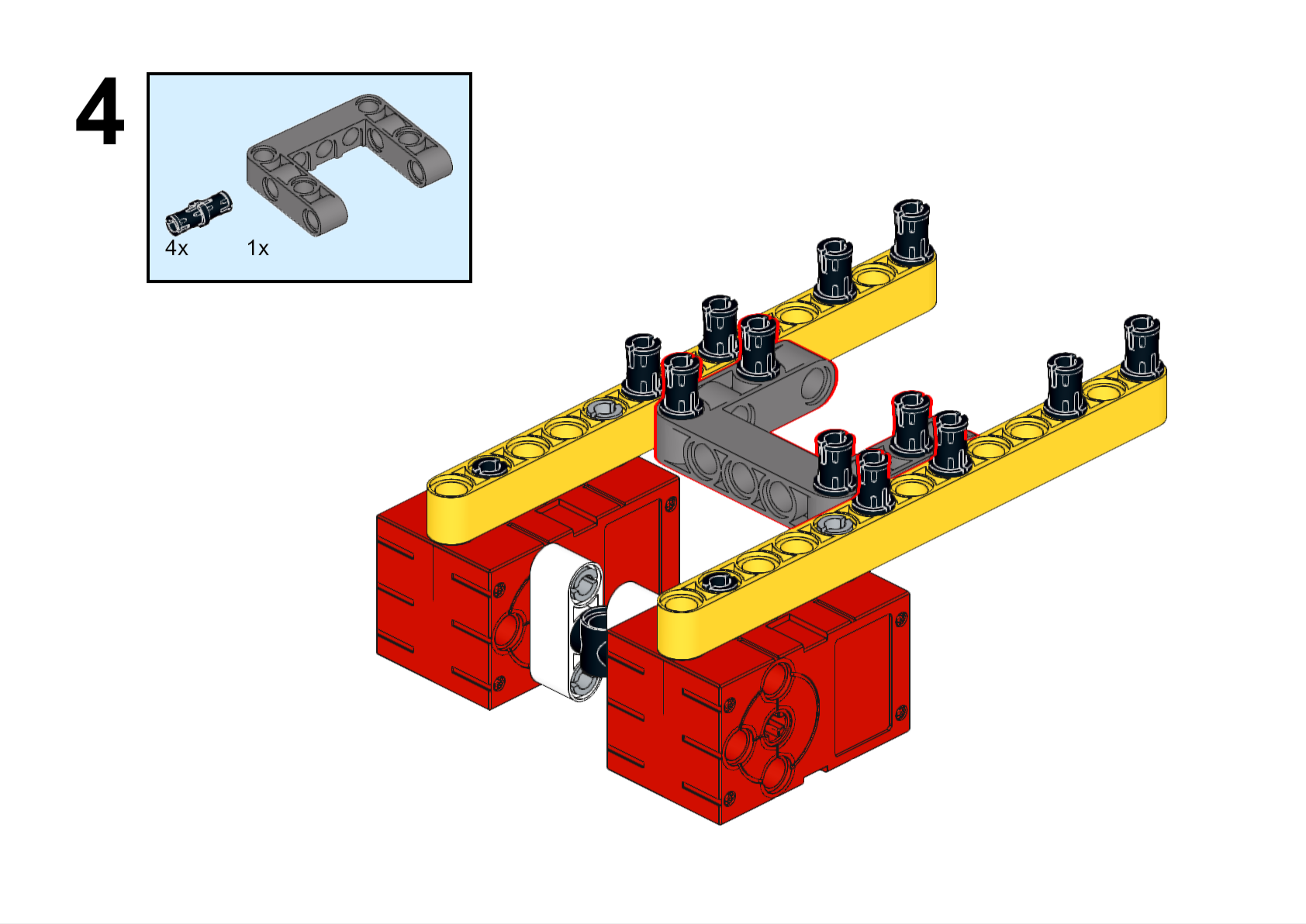
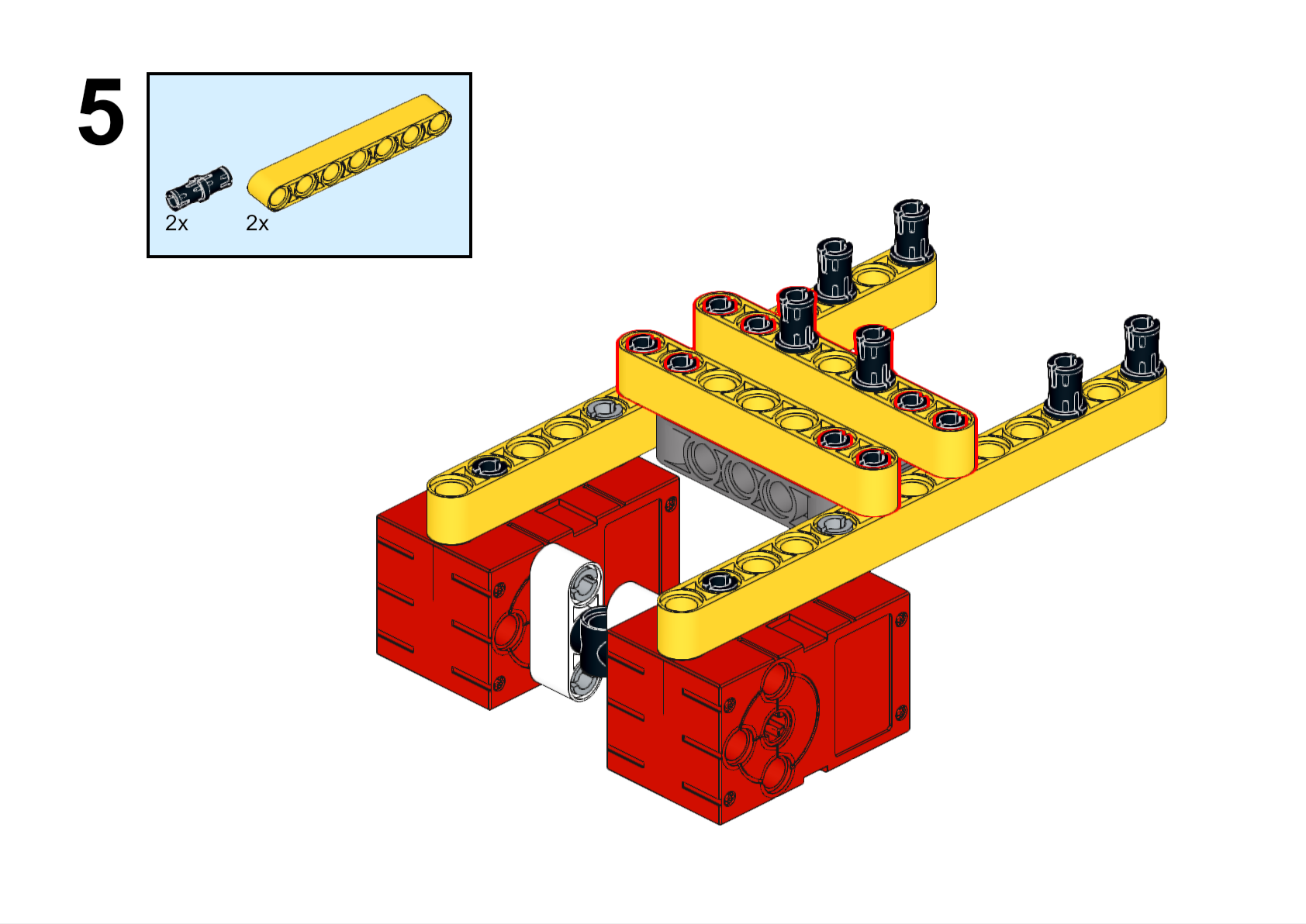
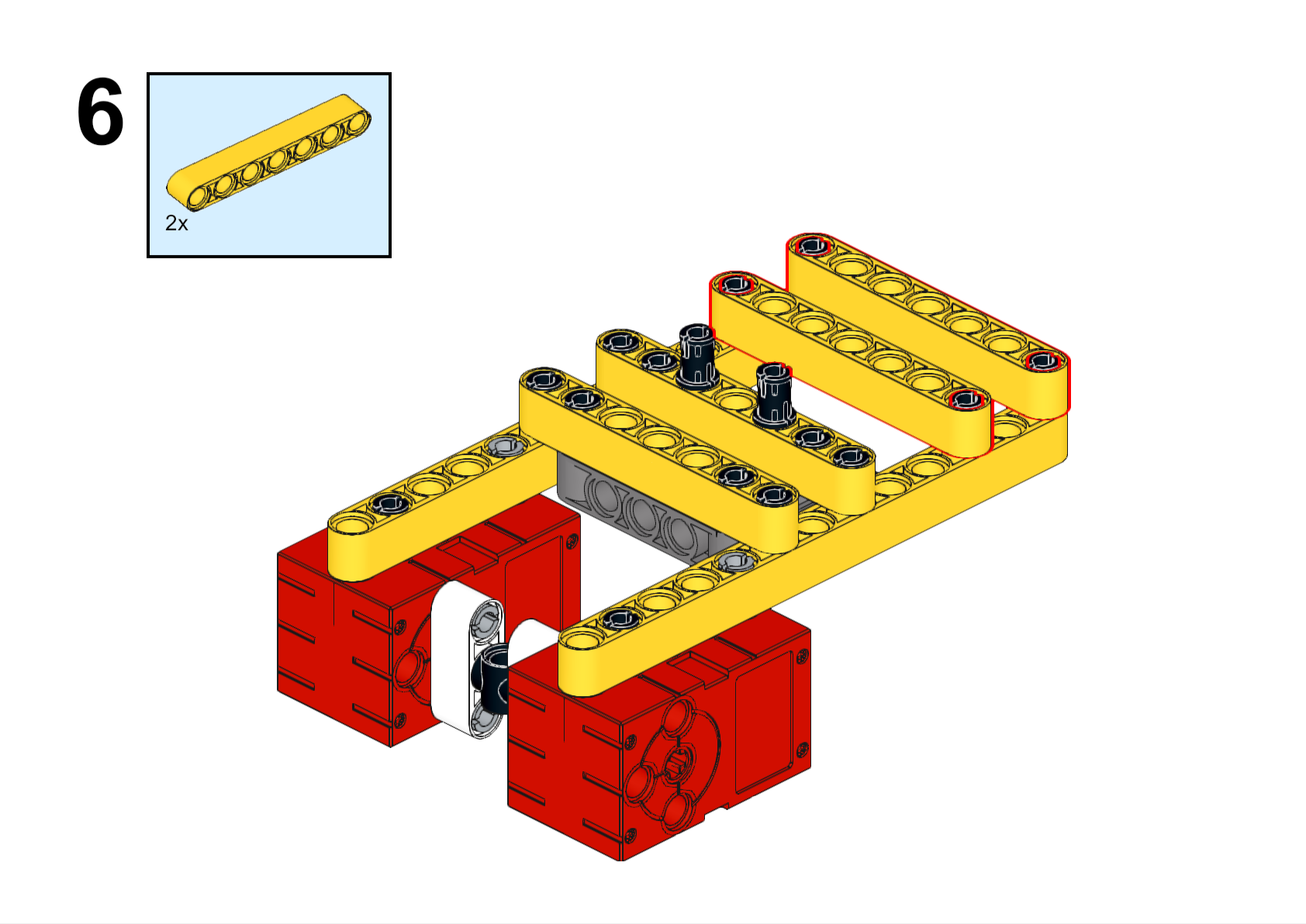
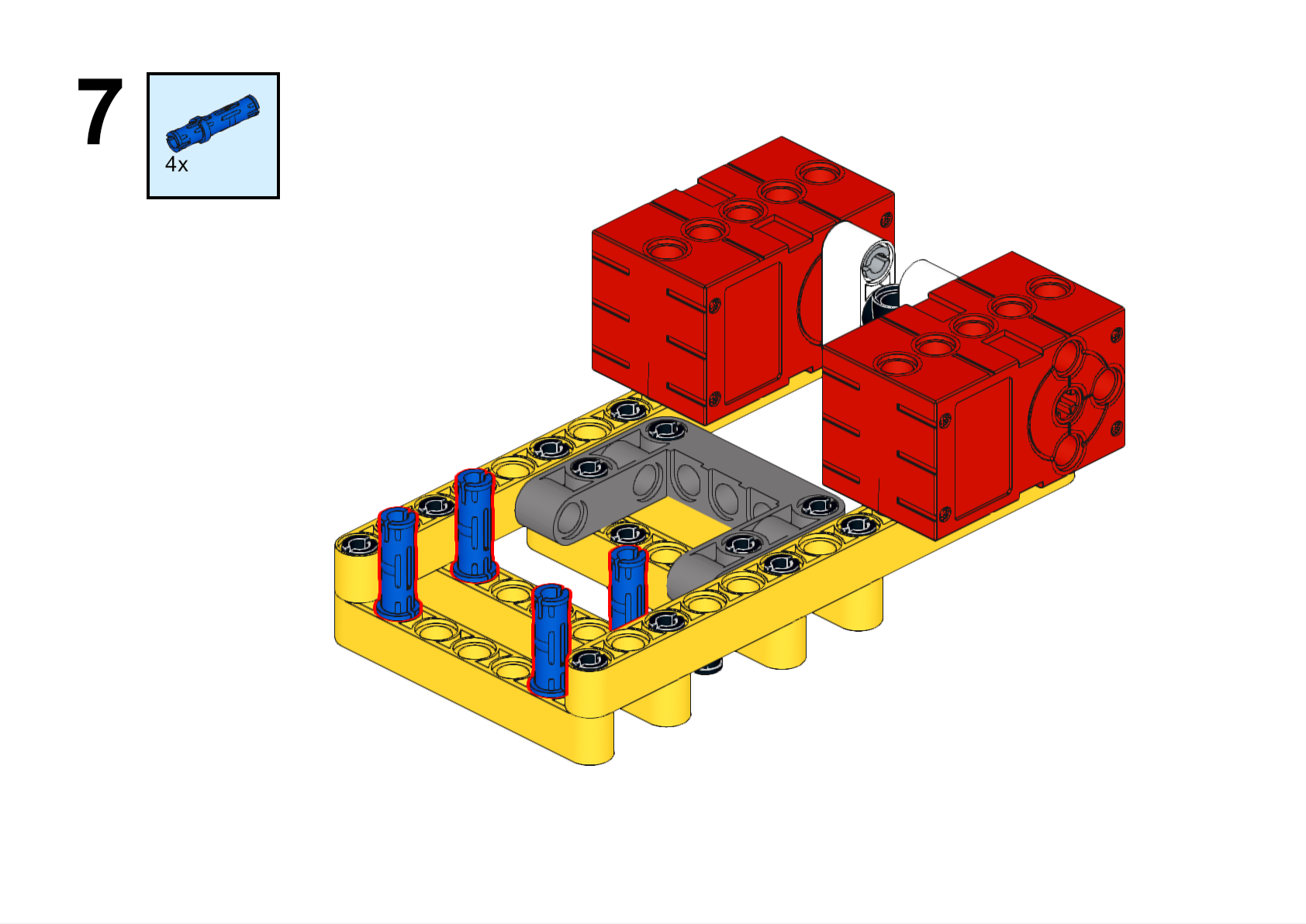
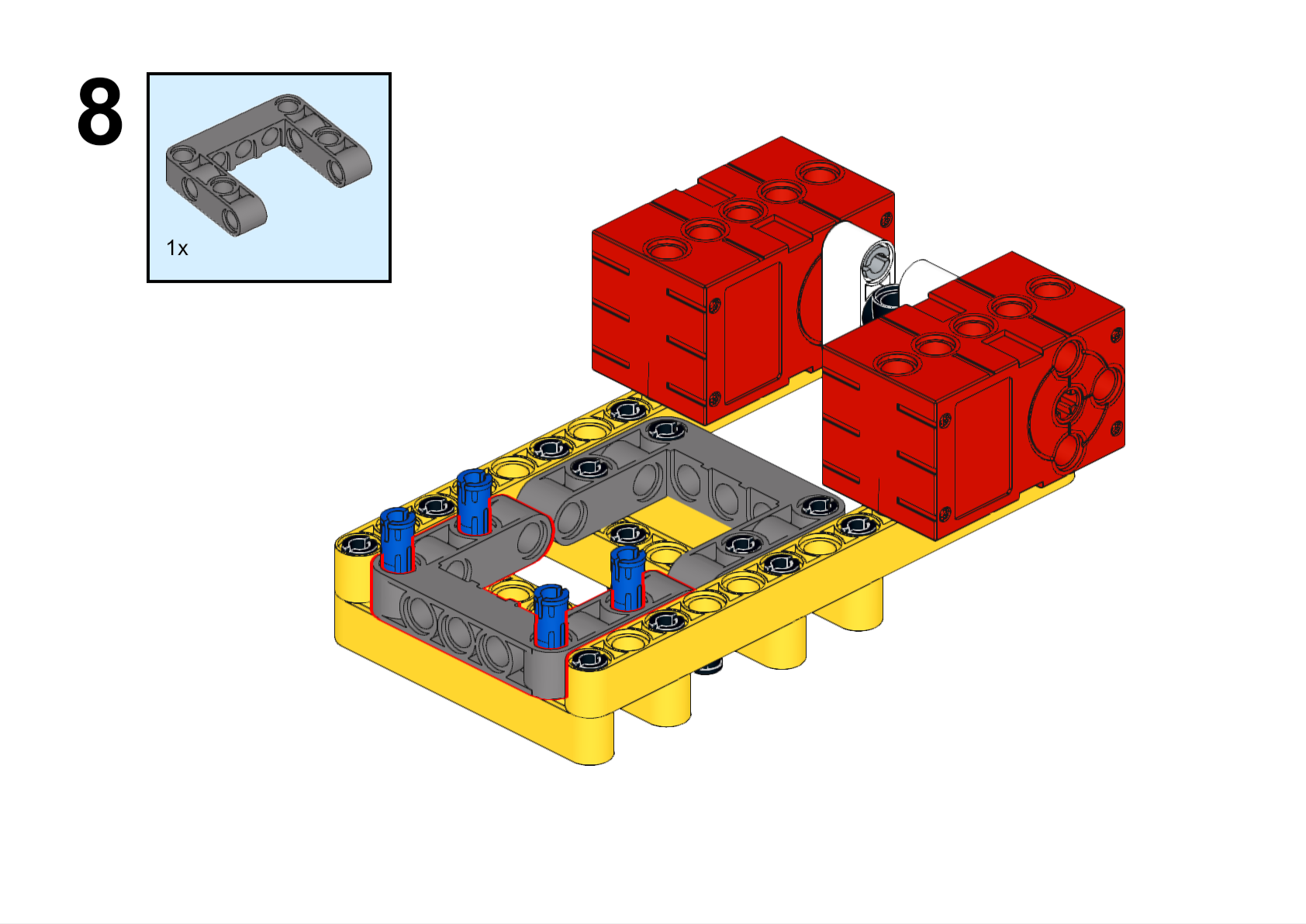
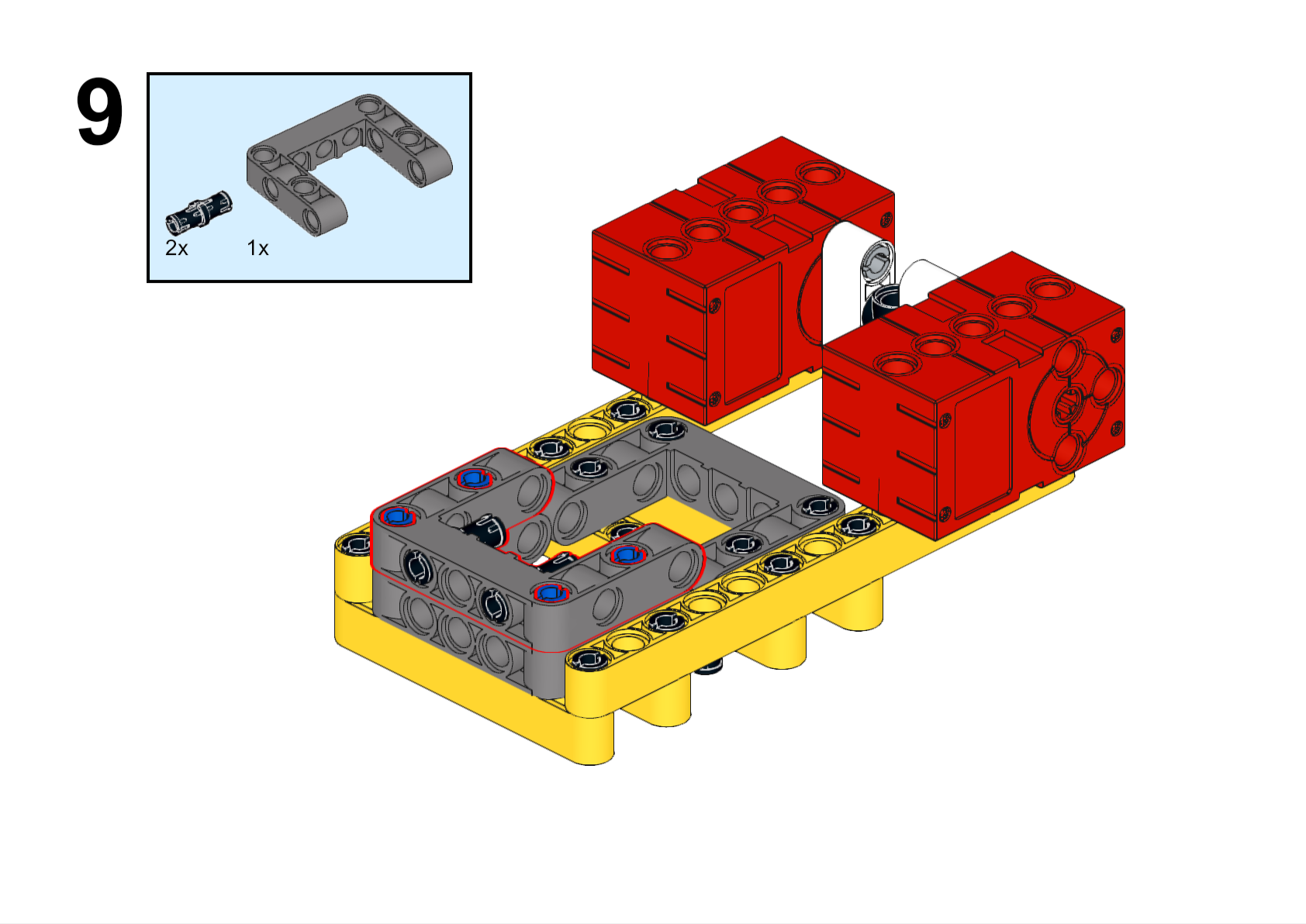
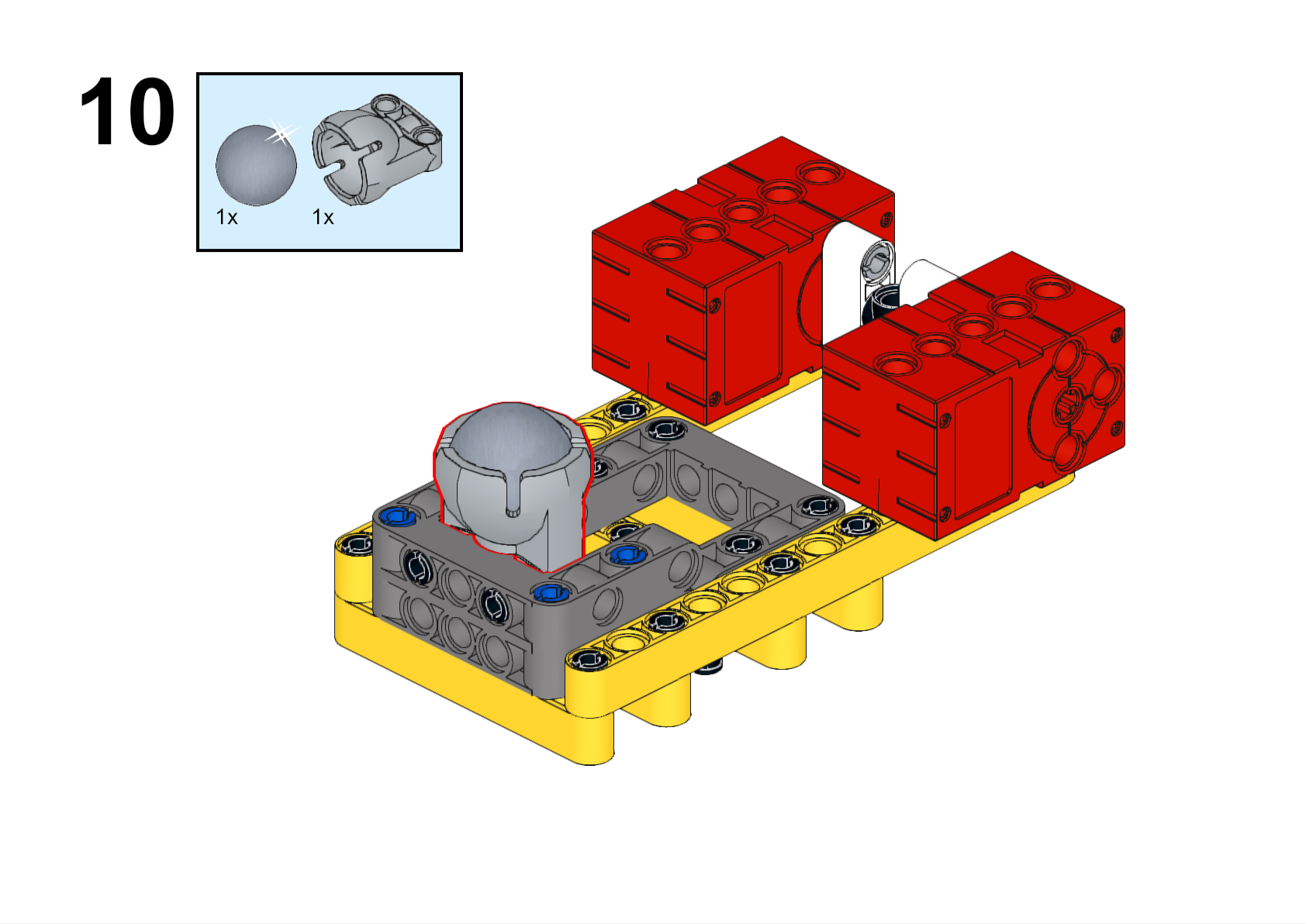
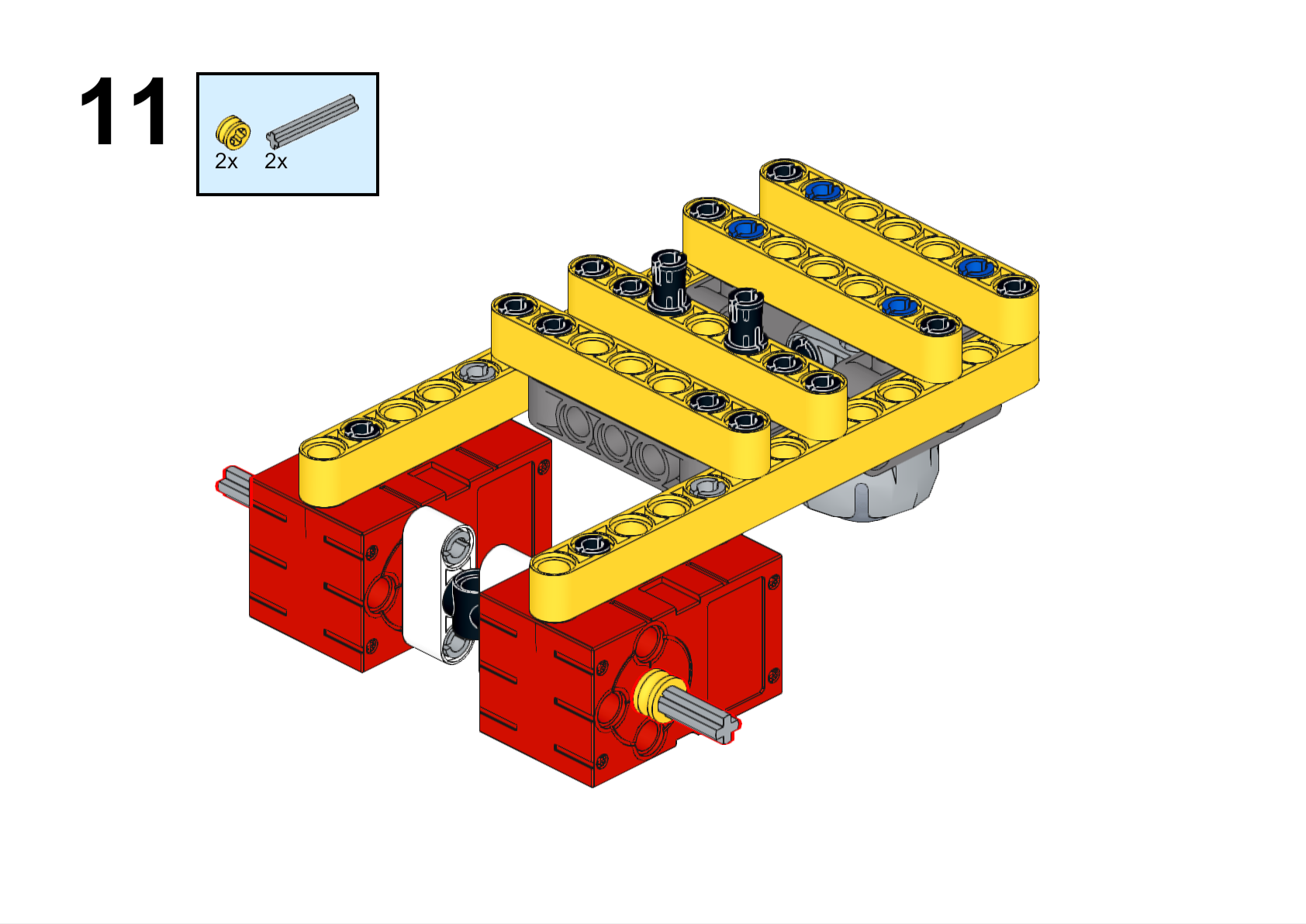
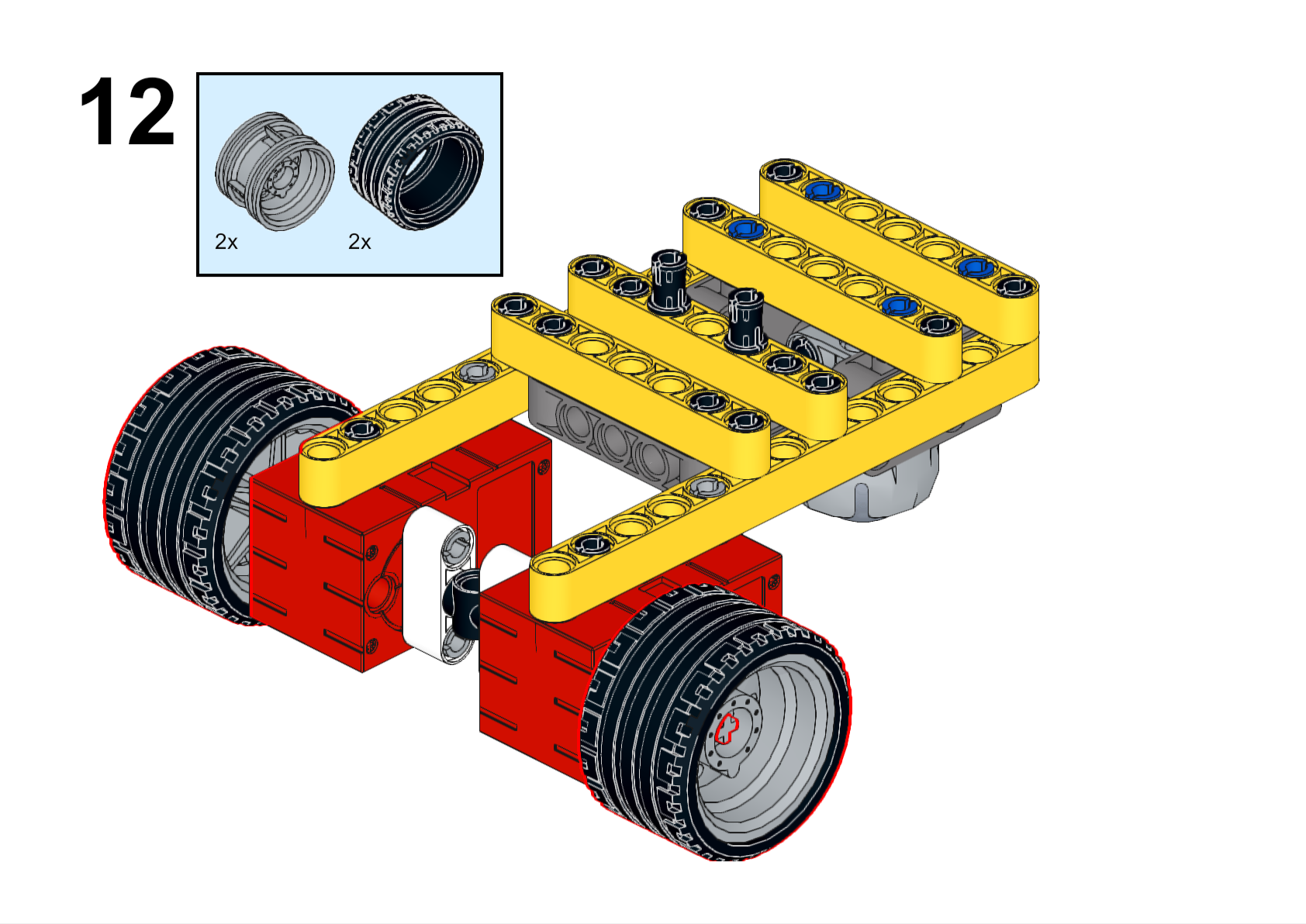
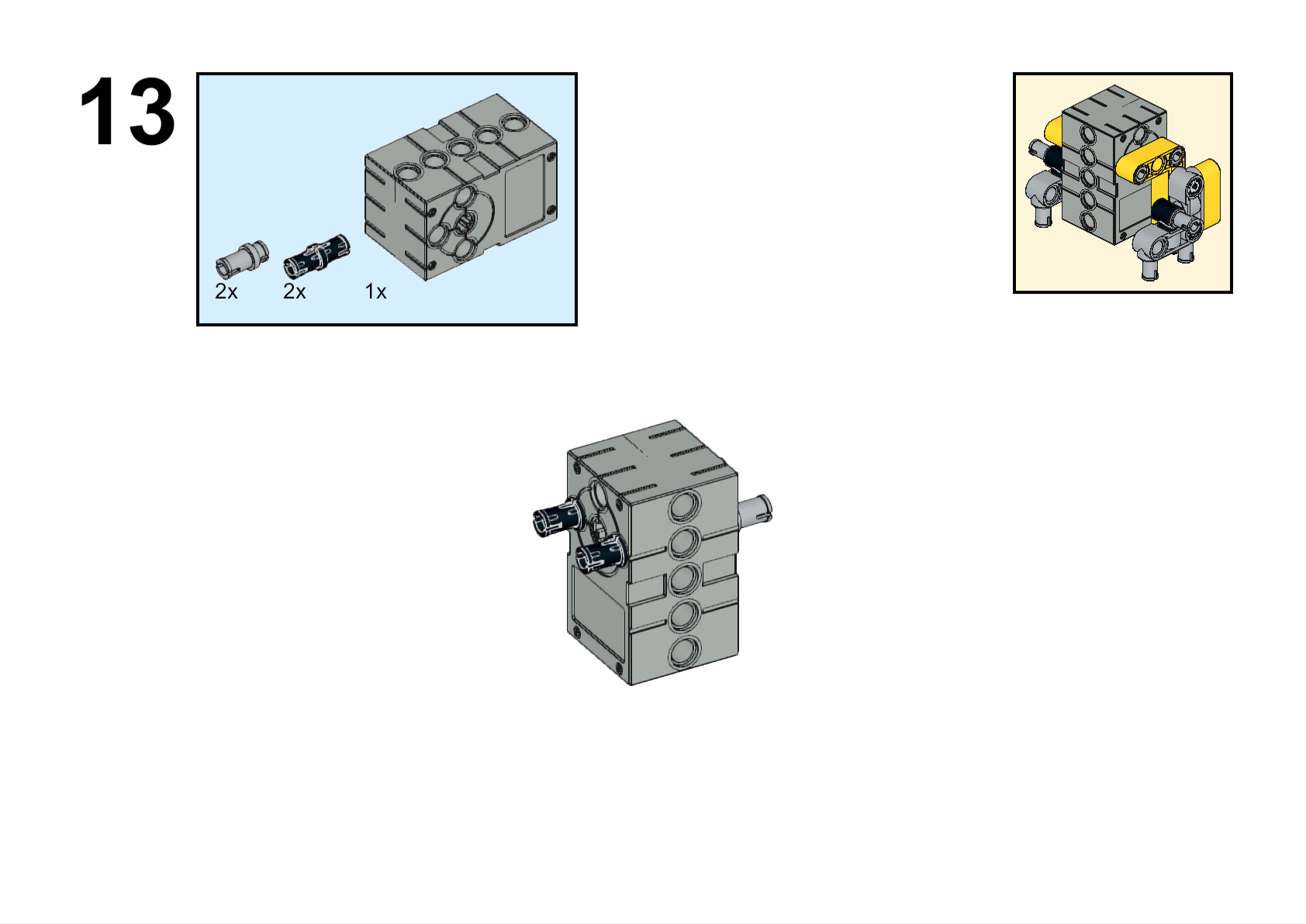
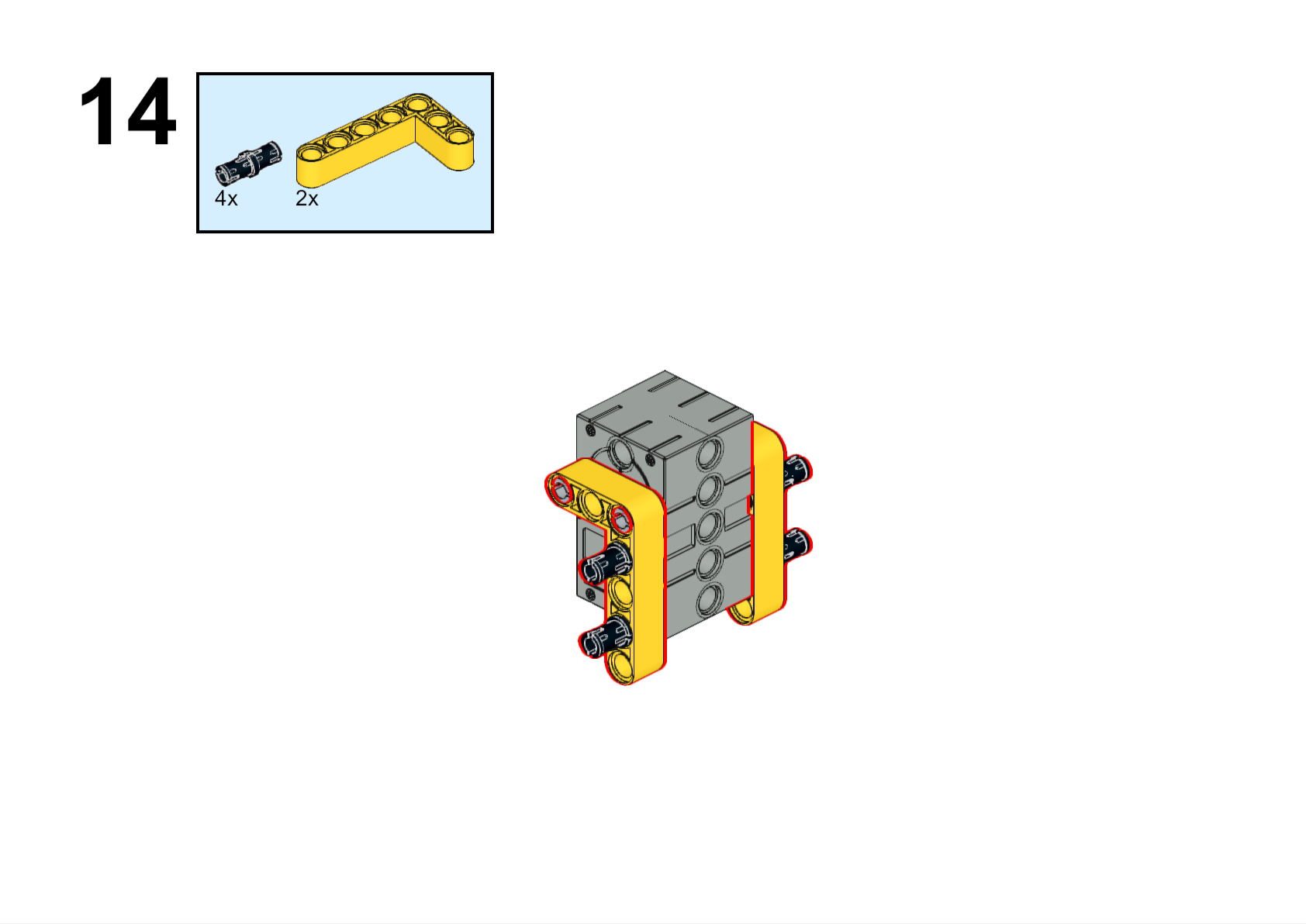
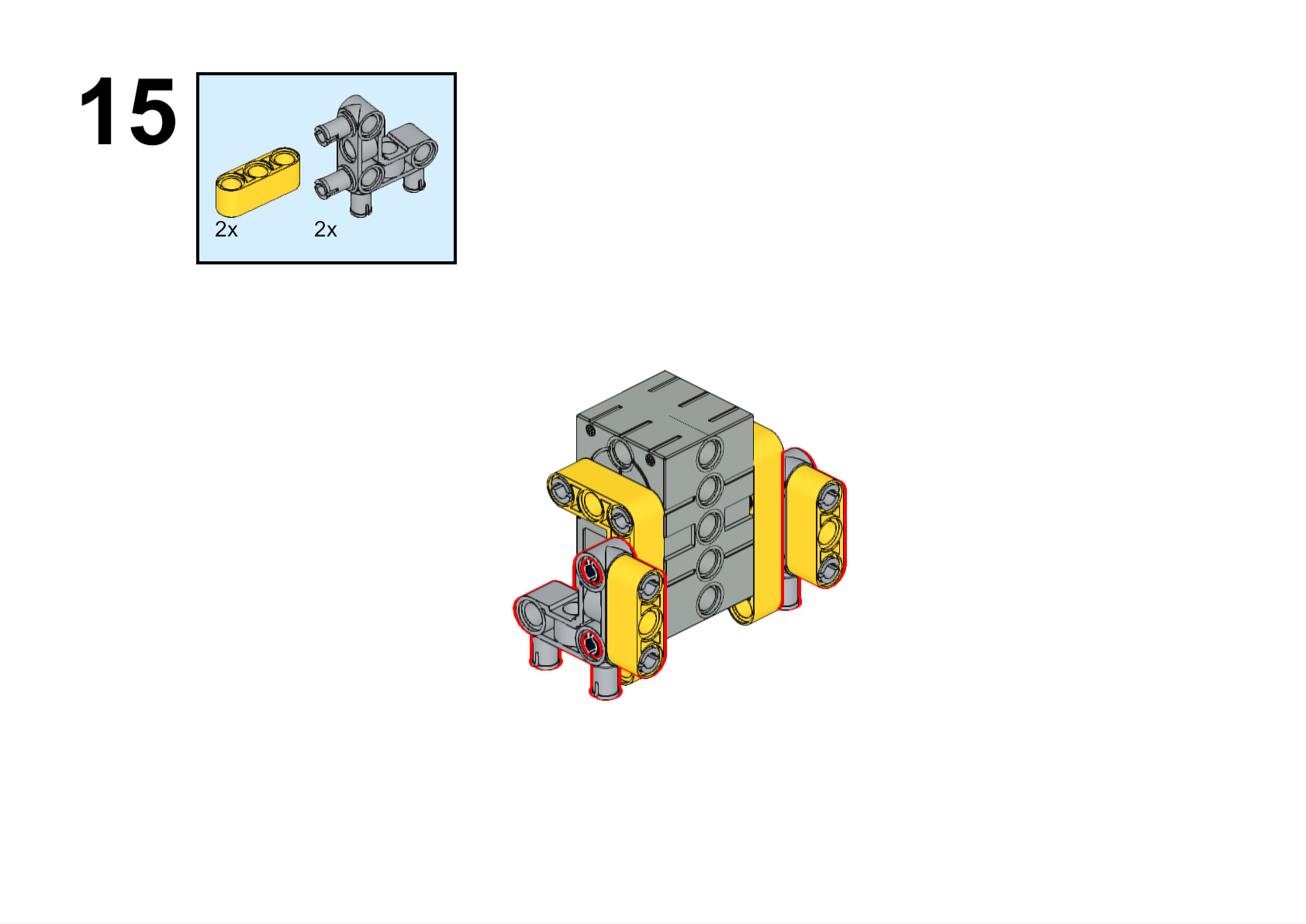
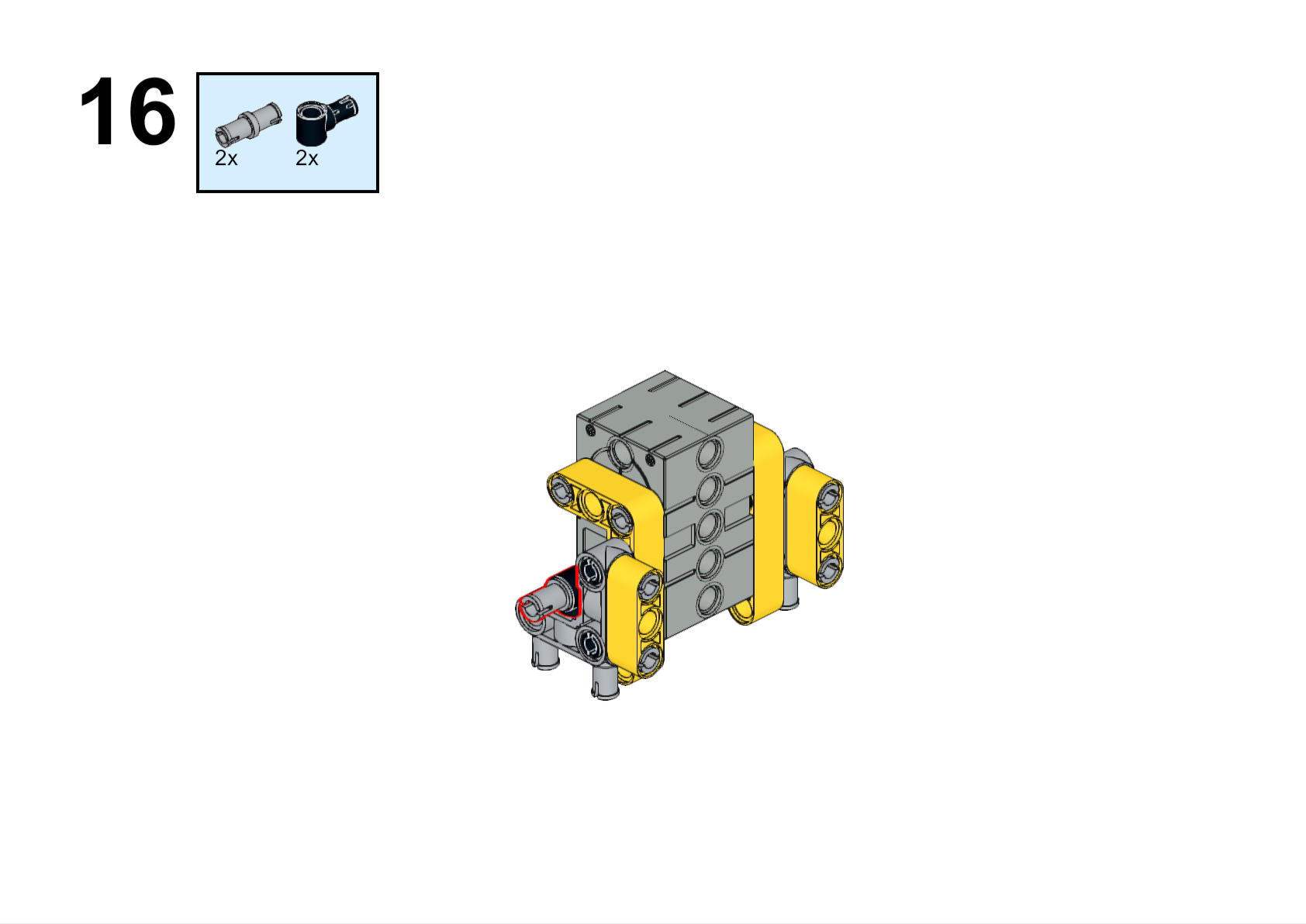
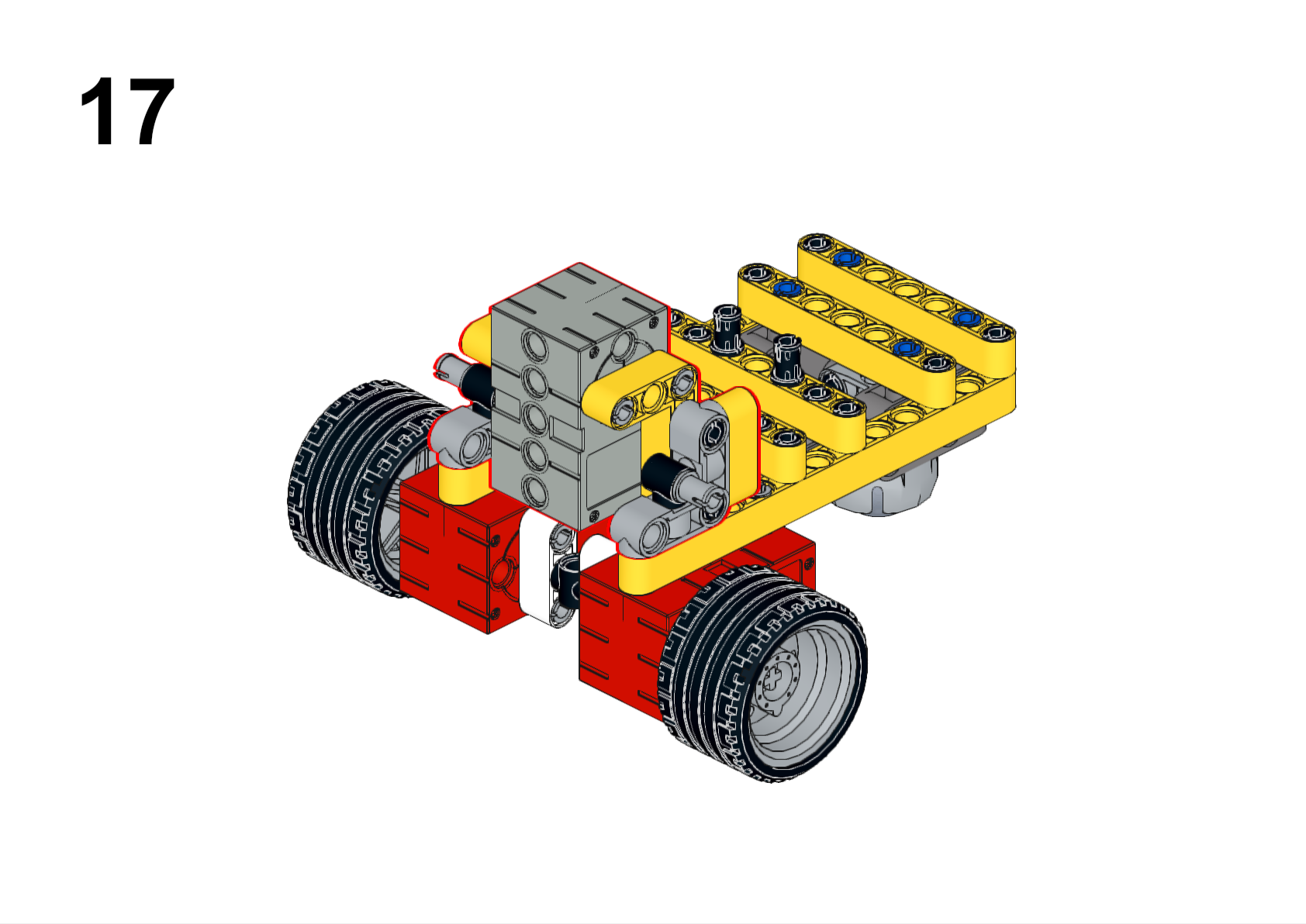
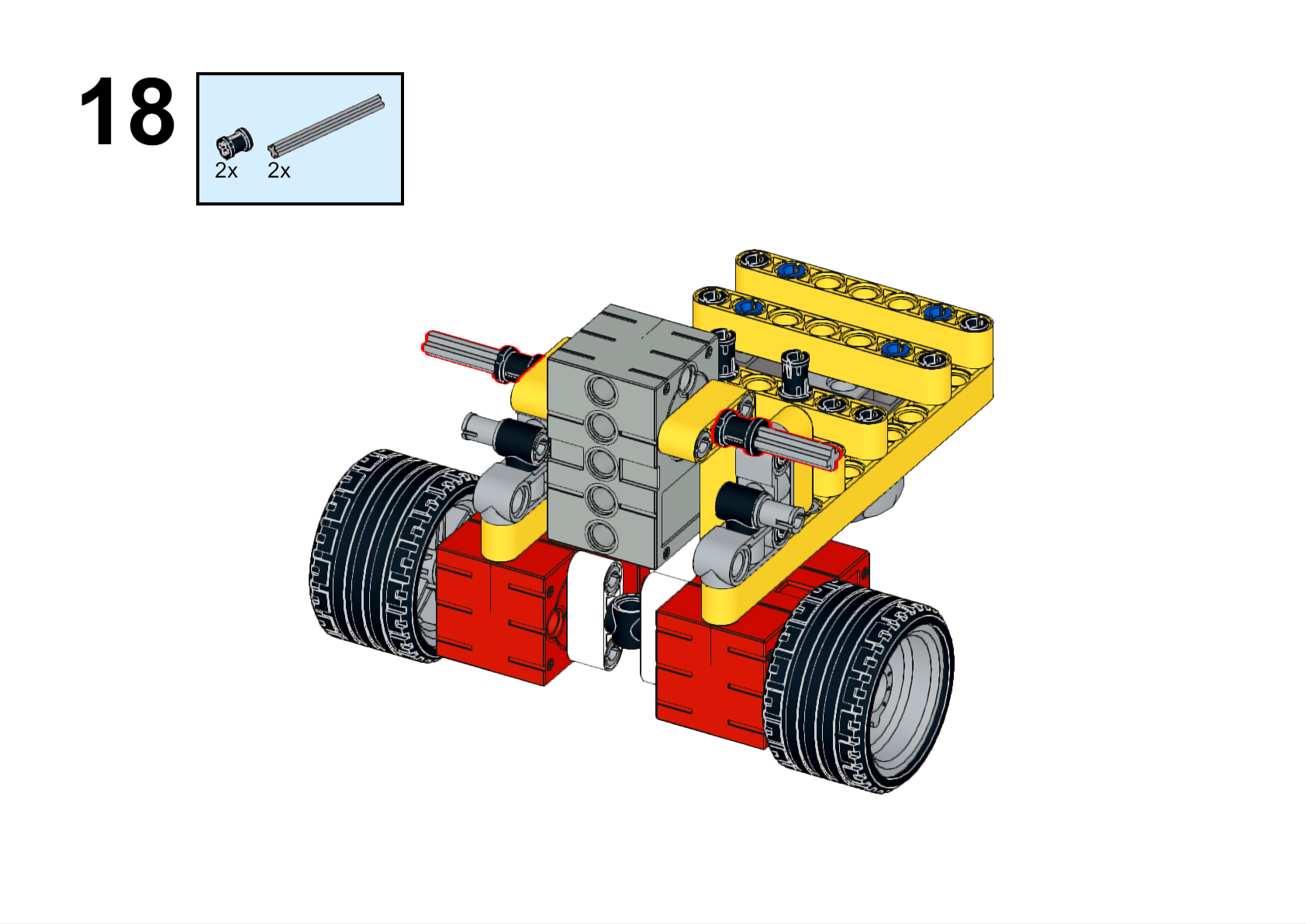
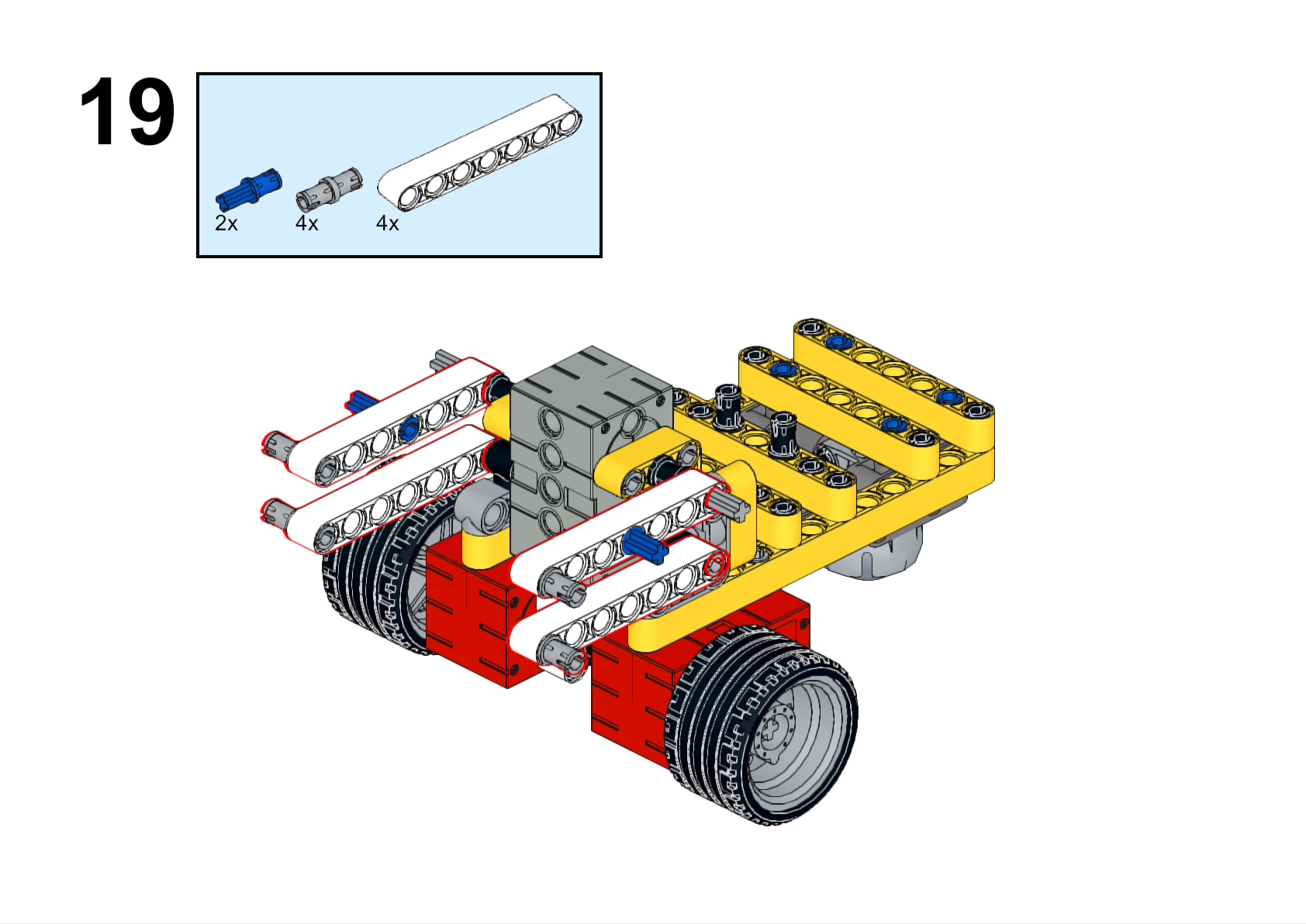
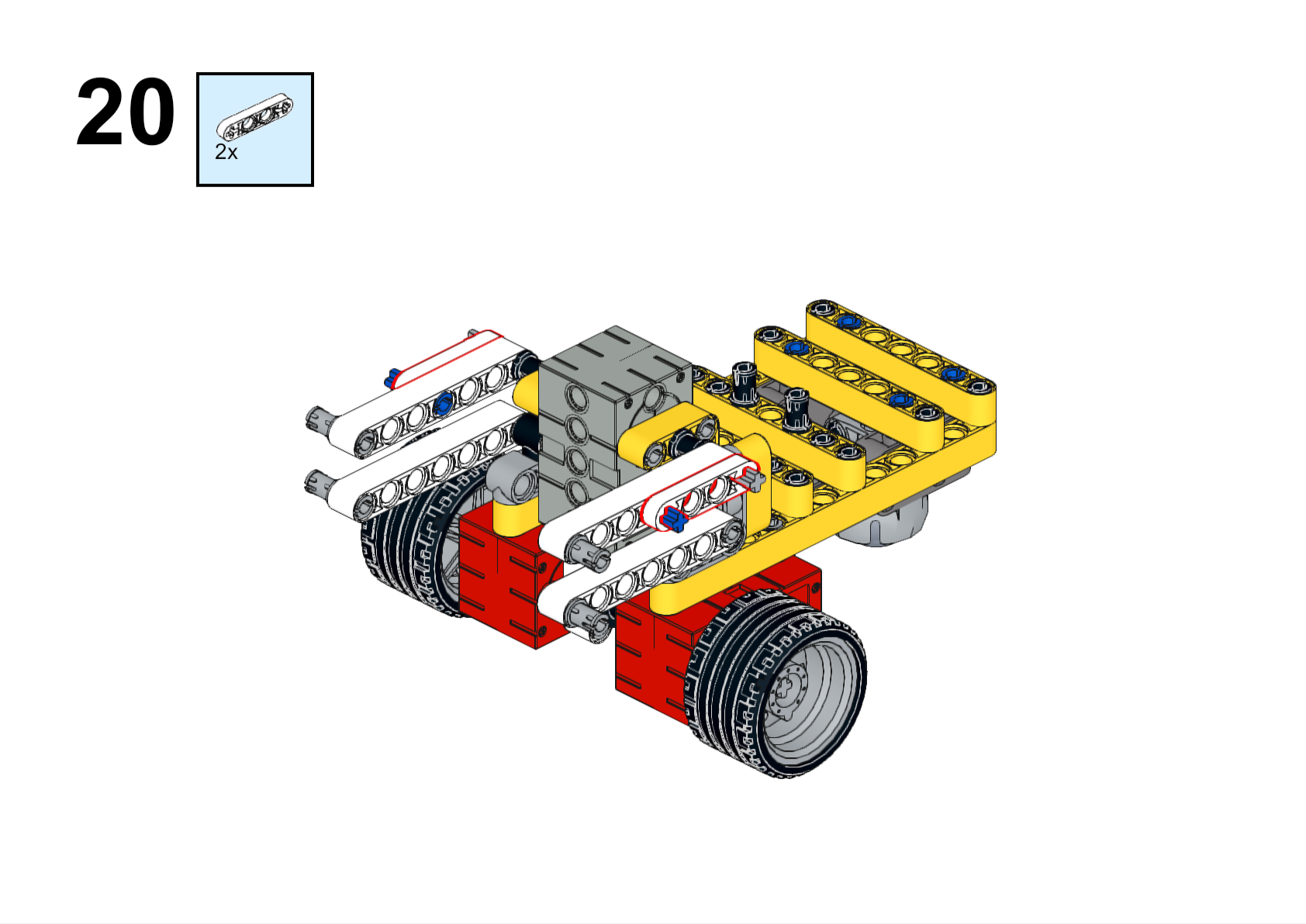
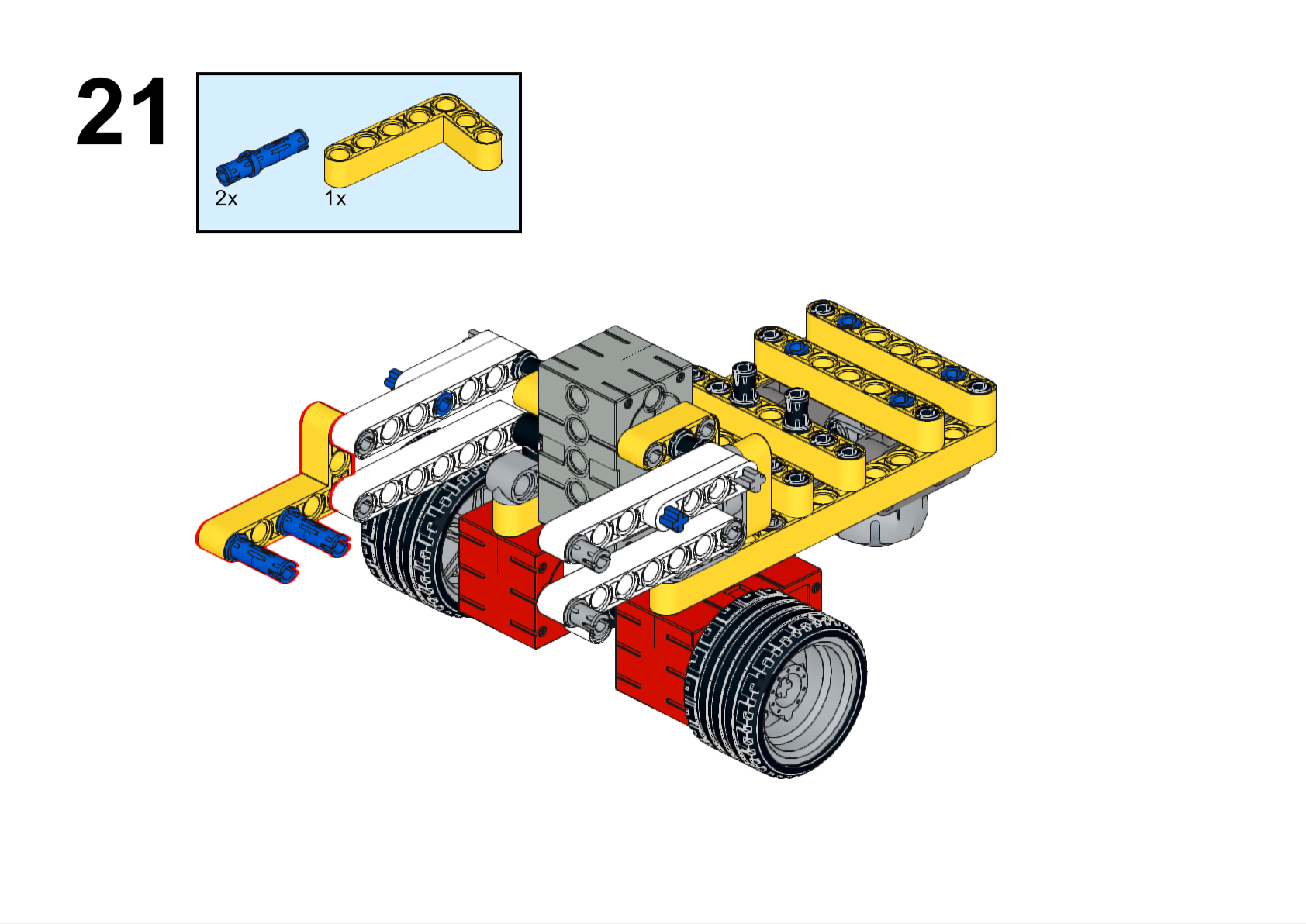
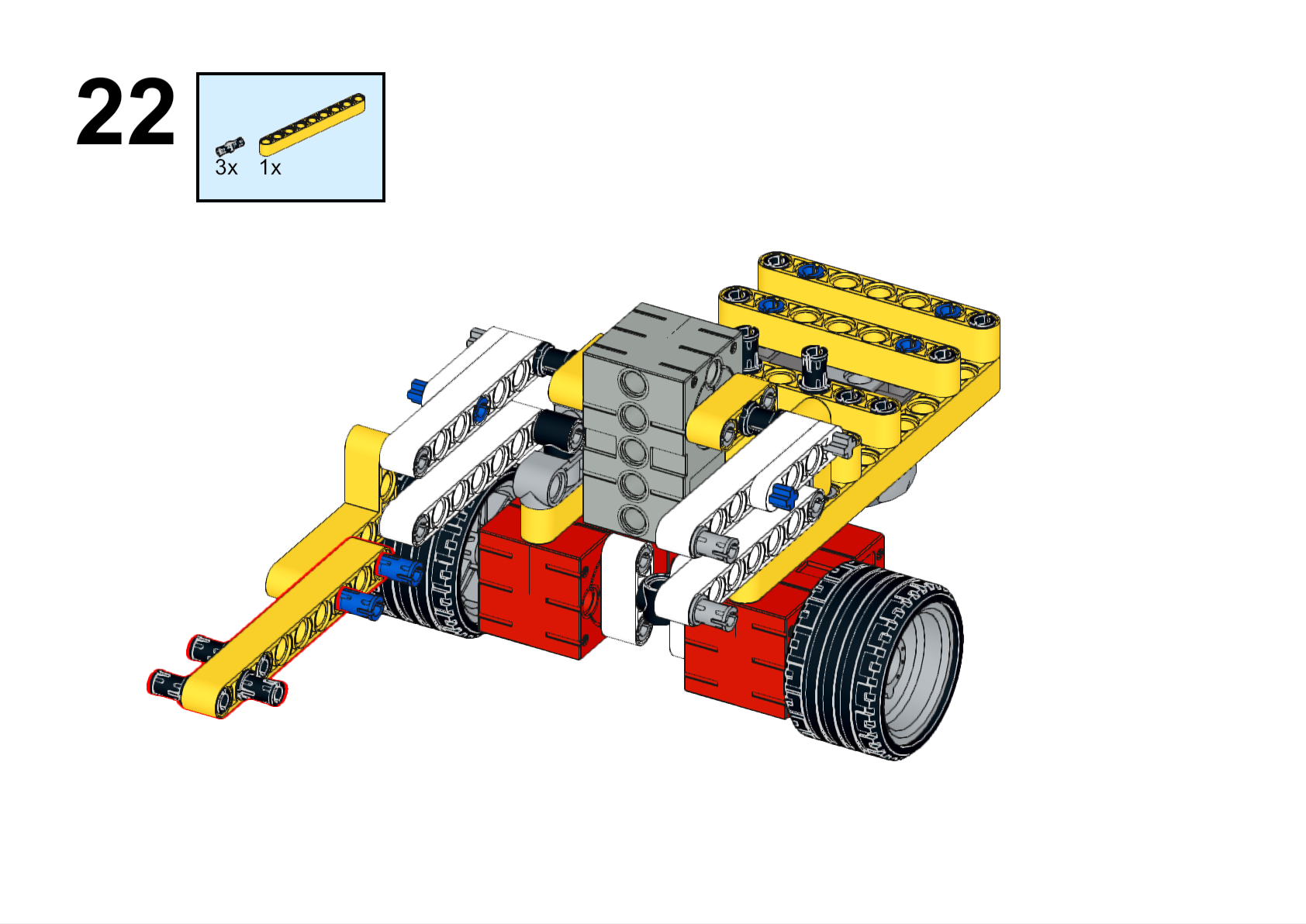
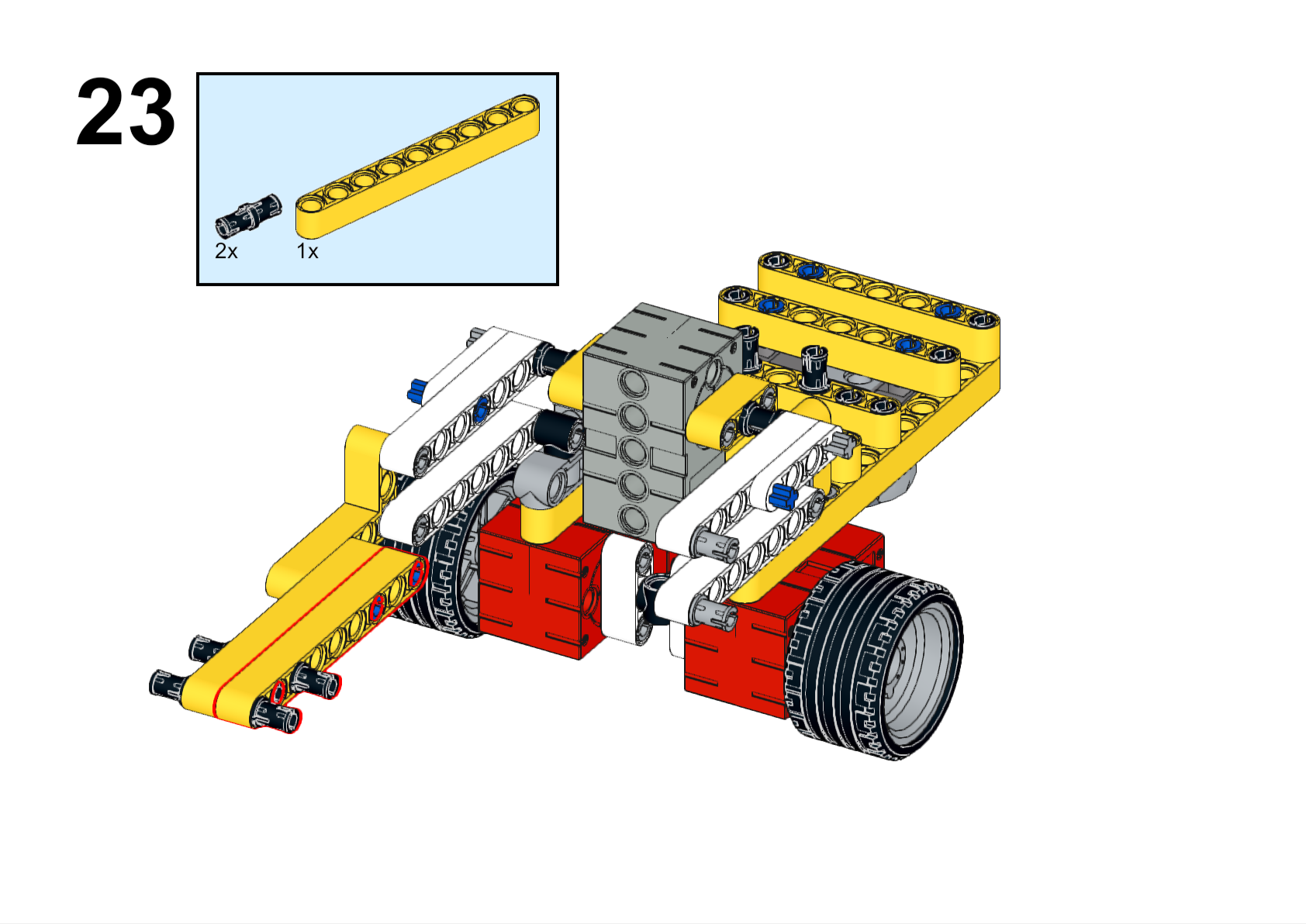
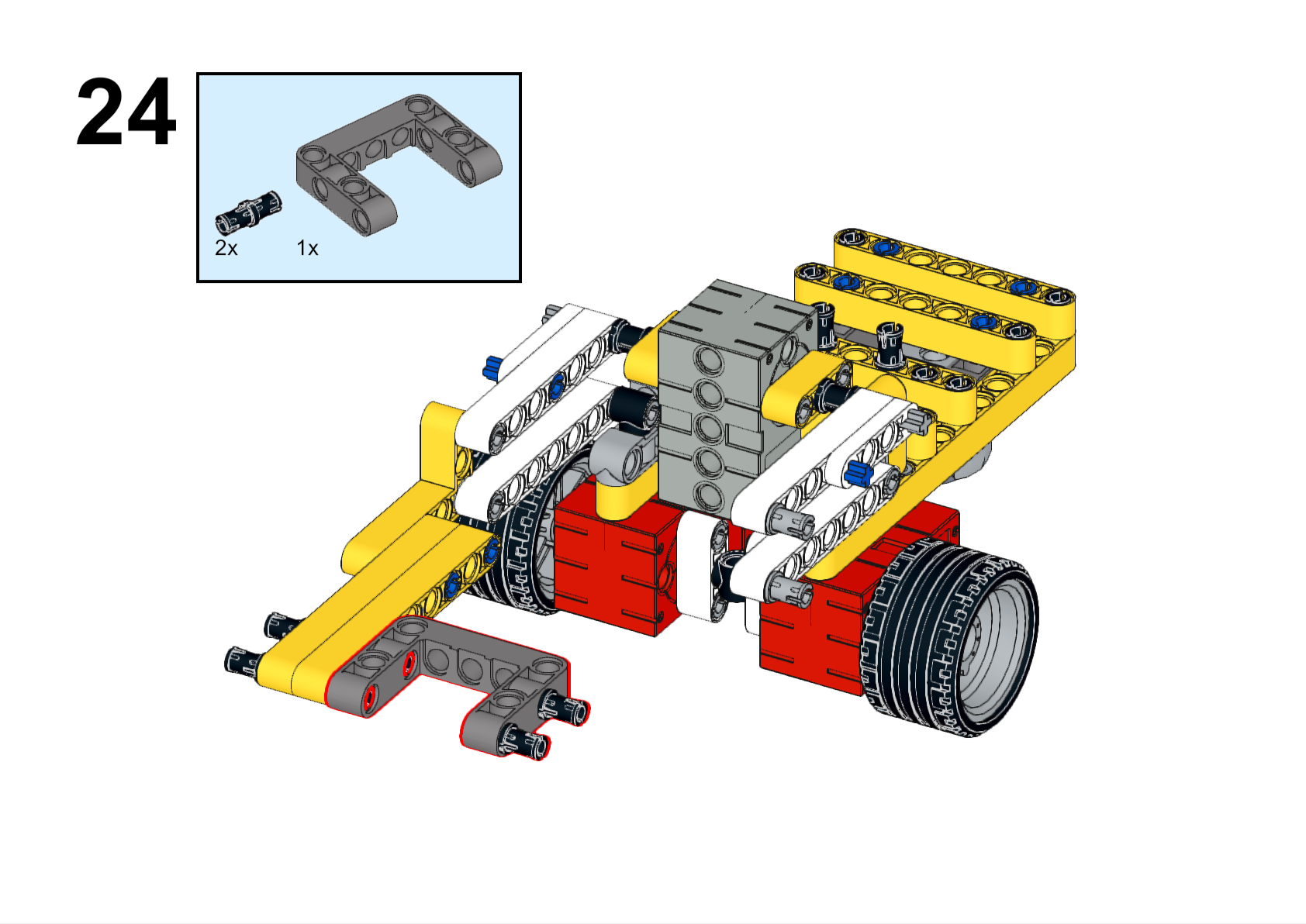
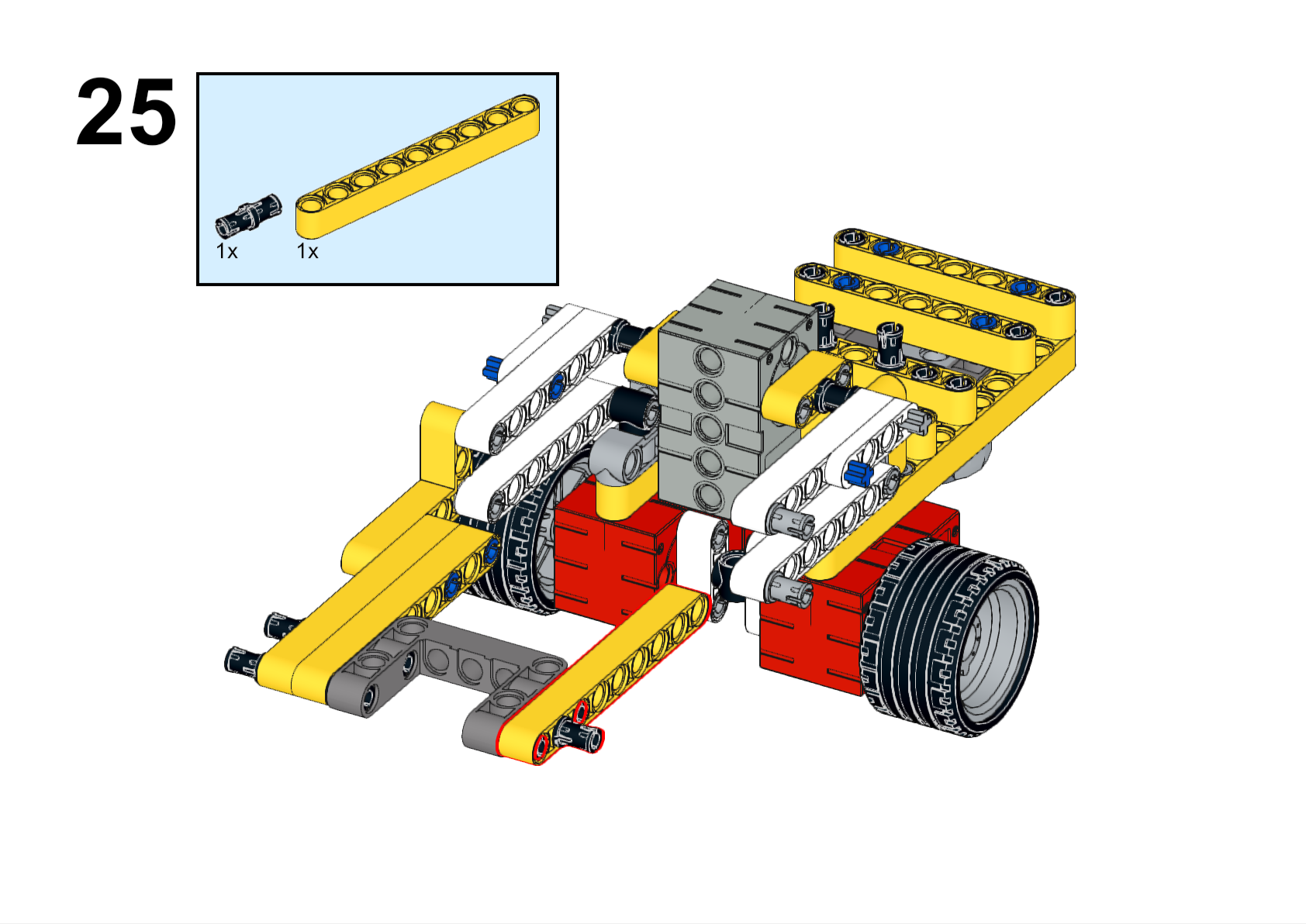
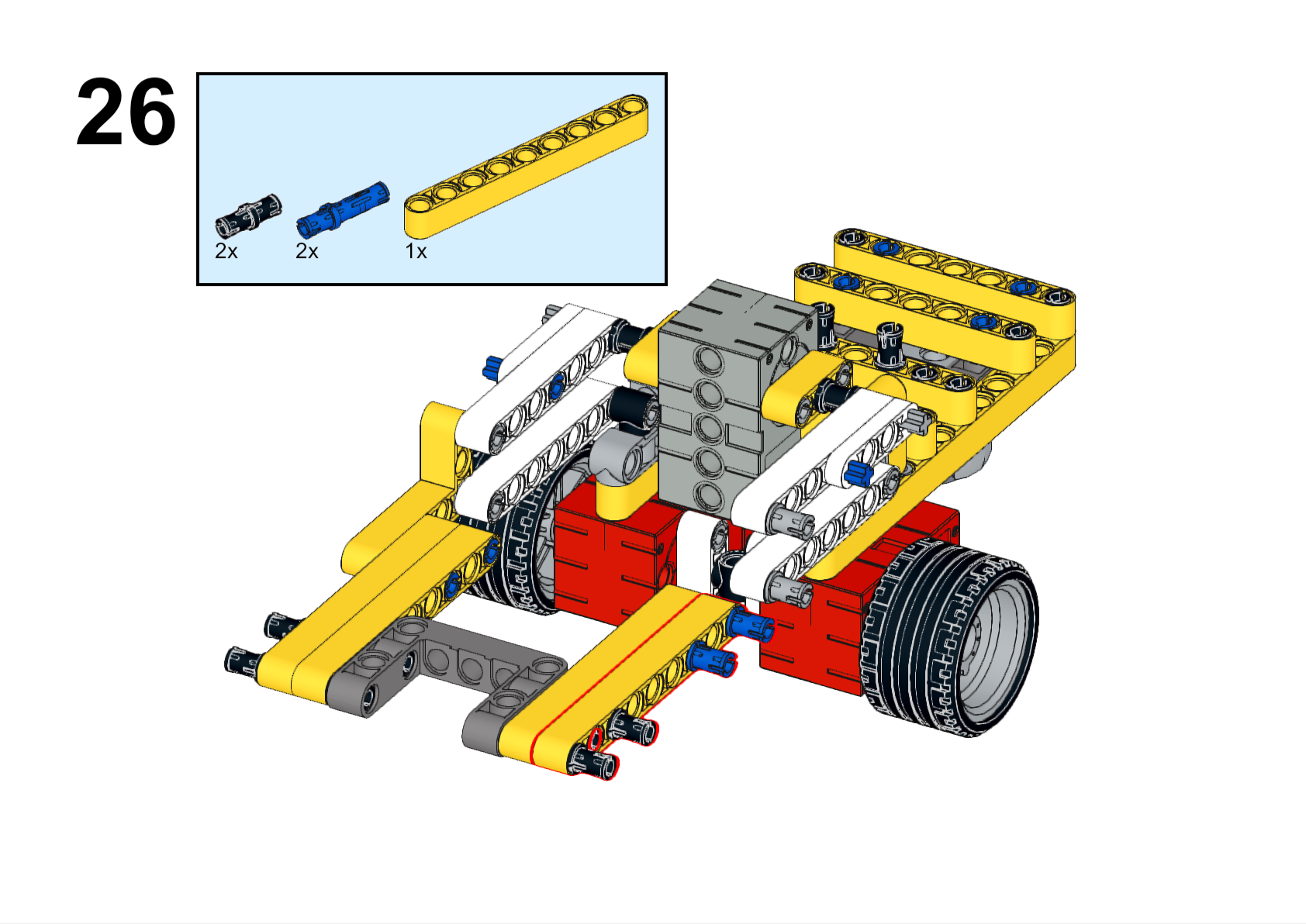
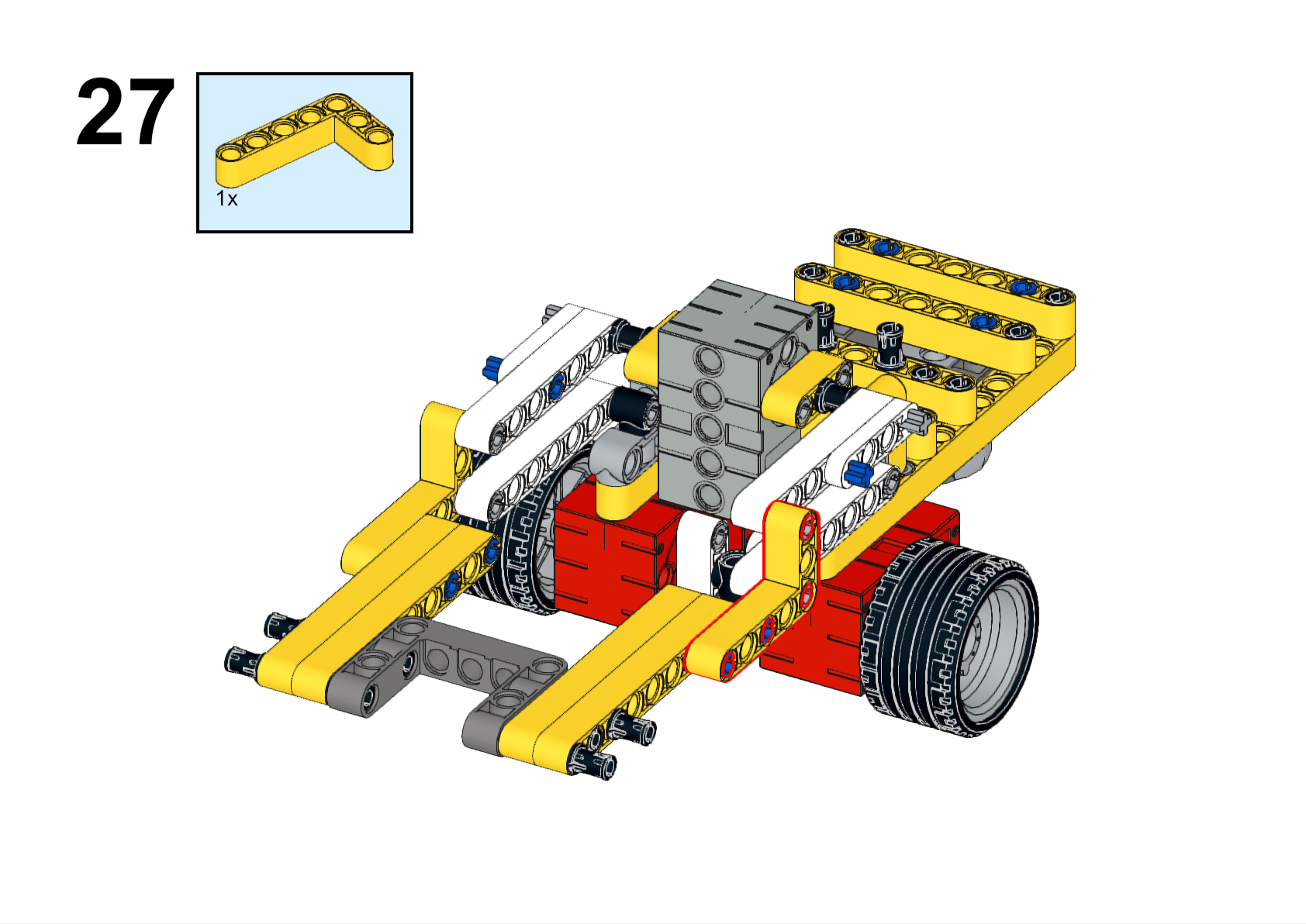
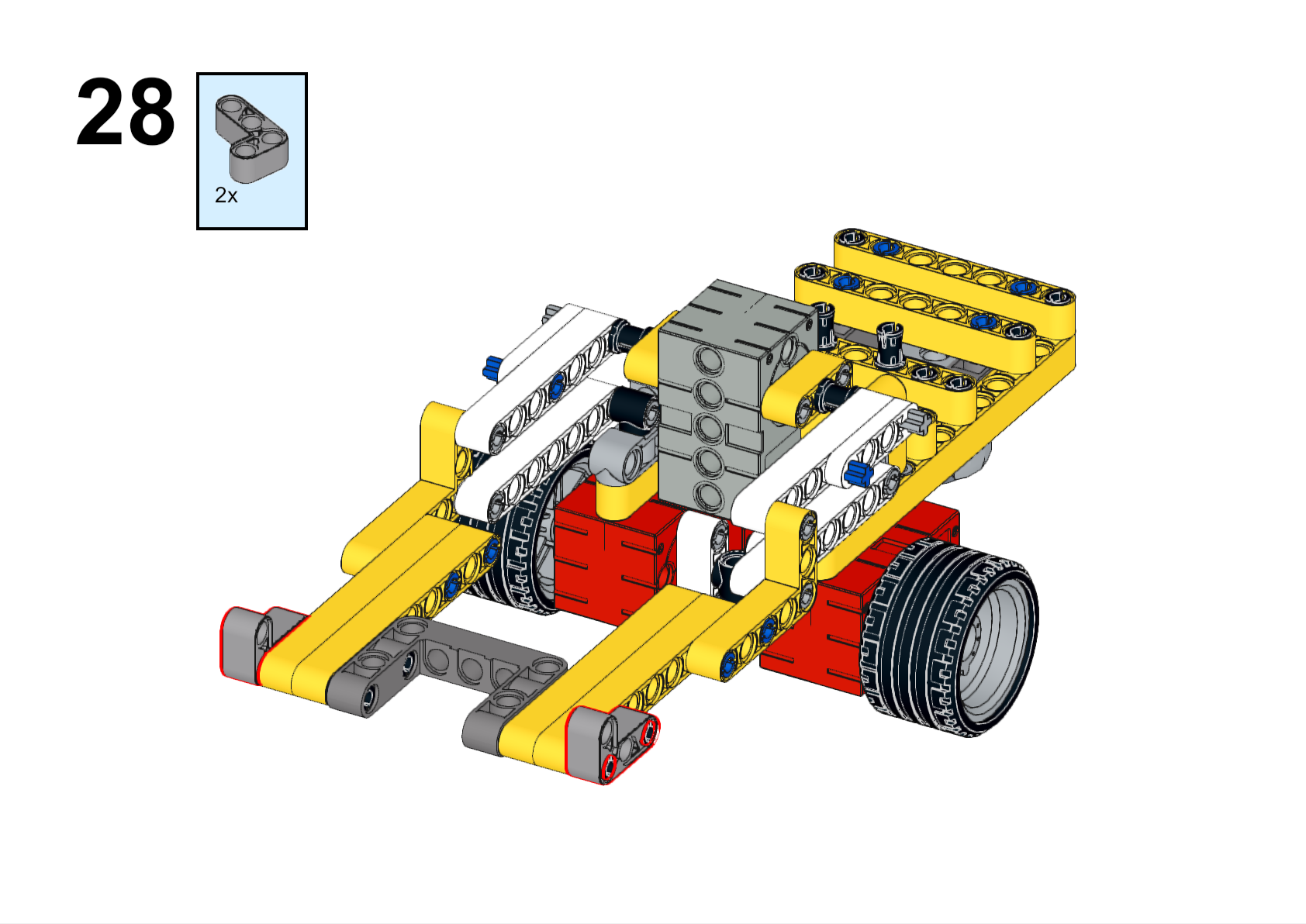
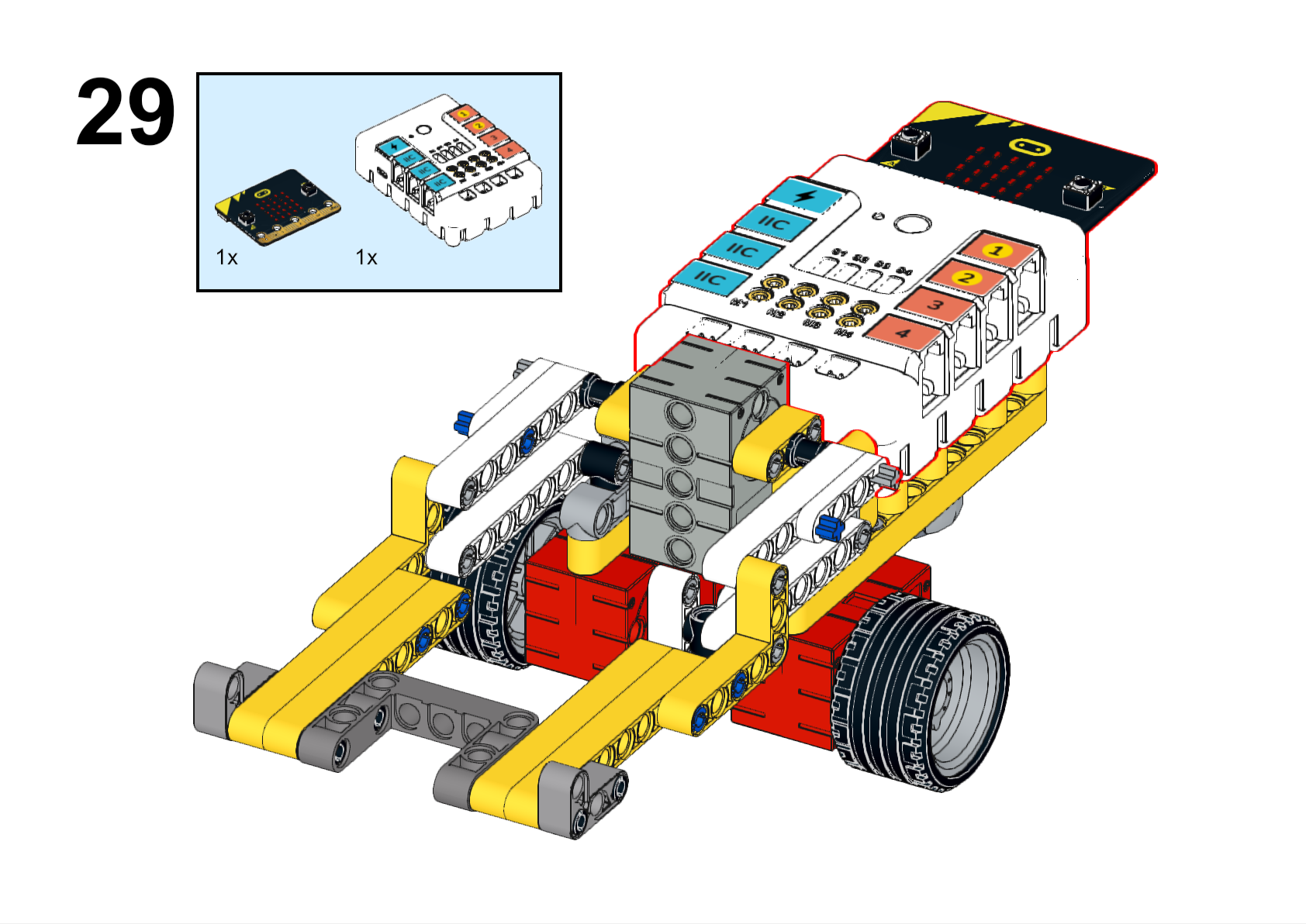
Completed

Hardware Connections
Connect the motors to M1, M2 and the servo to S1 on Nezha expansion board.
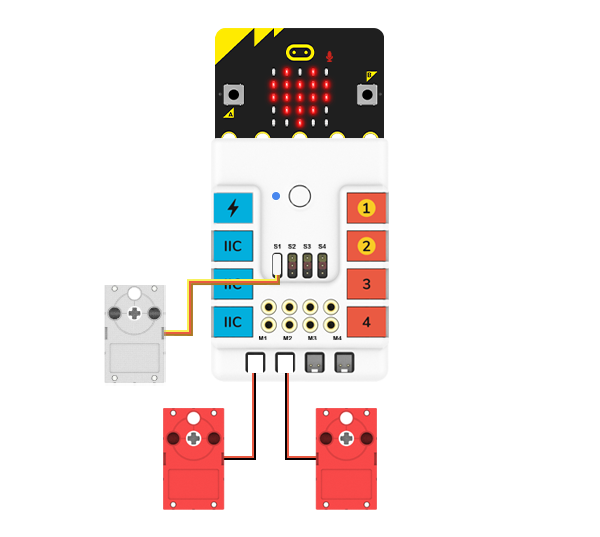
Programming
Go to makecode
Create new projects
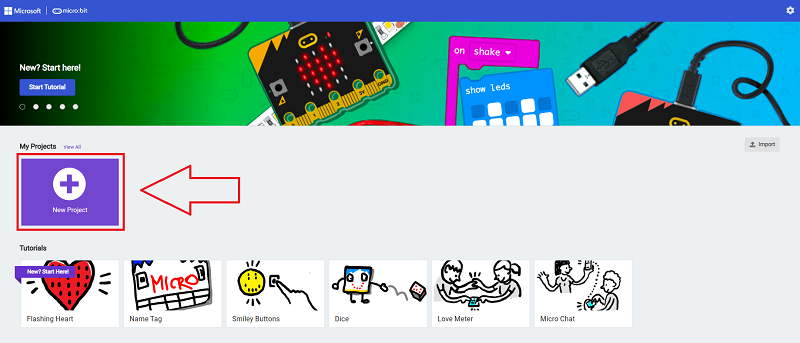
Click exensions
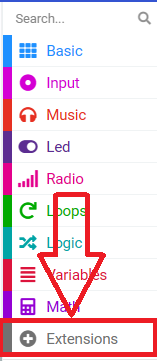
Search with nezha to download the package.
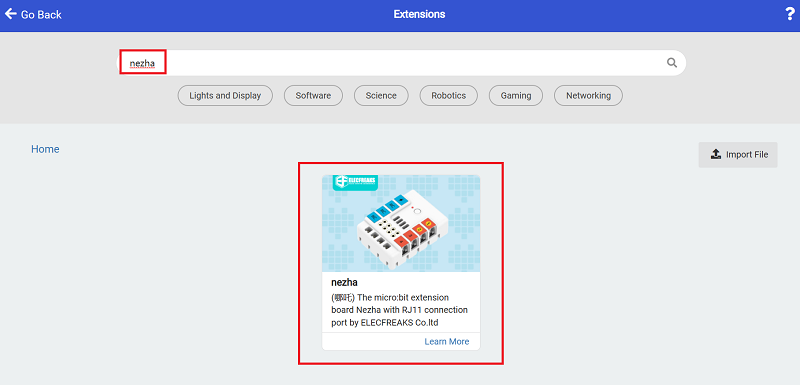
Code

Link: https://makecode.microbit.org/_hPfKtjcHtgcv
You may download it directly below:
Demonstration
Group presentation to try making a remote control forklift.
Examples
Press A on the micro:bit to move the forklift forward and fork up the object, press B on the micro:bit to turn and lower the object.
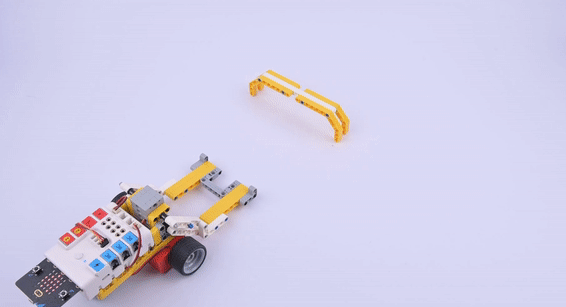
Reflection
Share in groups so that students in each group can share their production process and insights, summarise the problems and solutions they encountered, and evaluate their strengths and weaknesses.